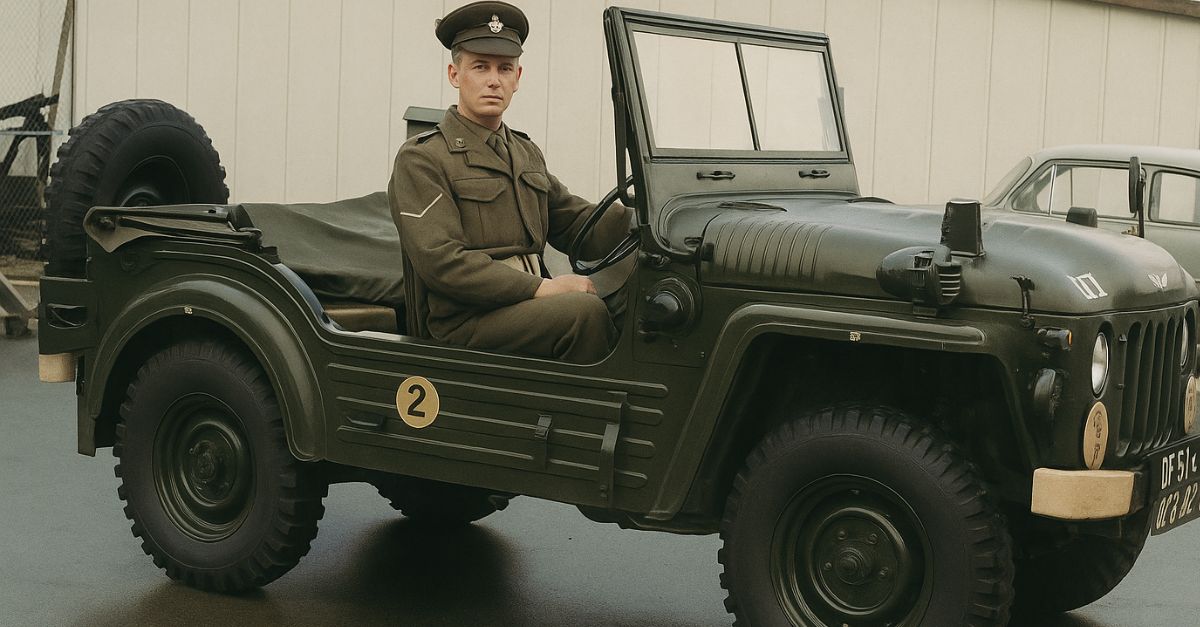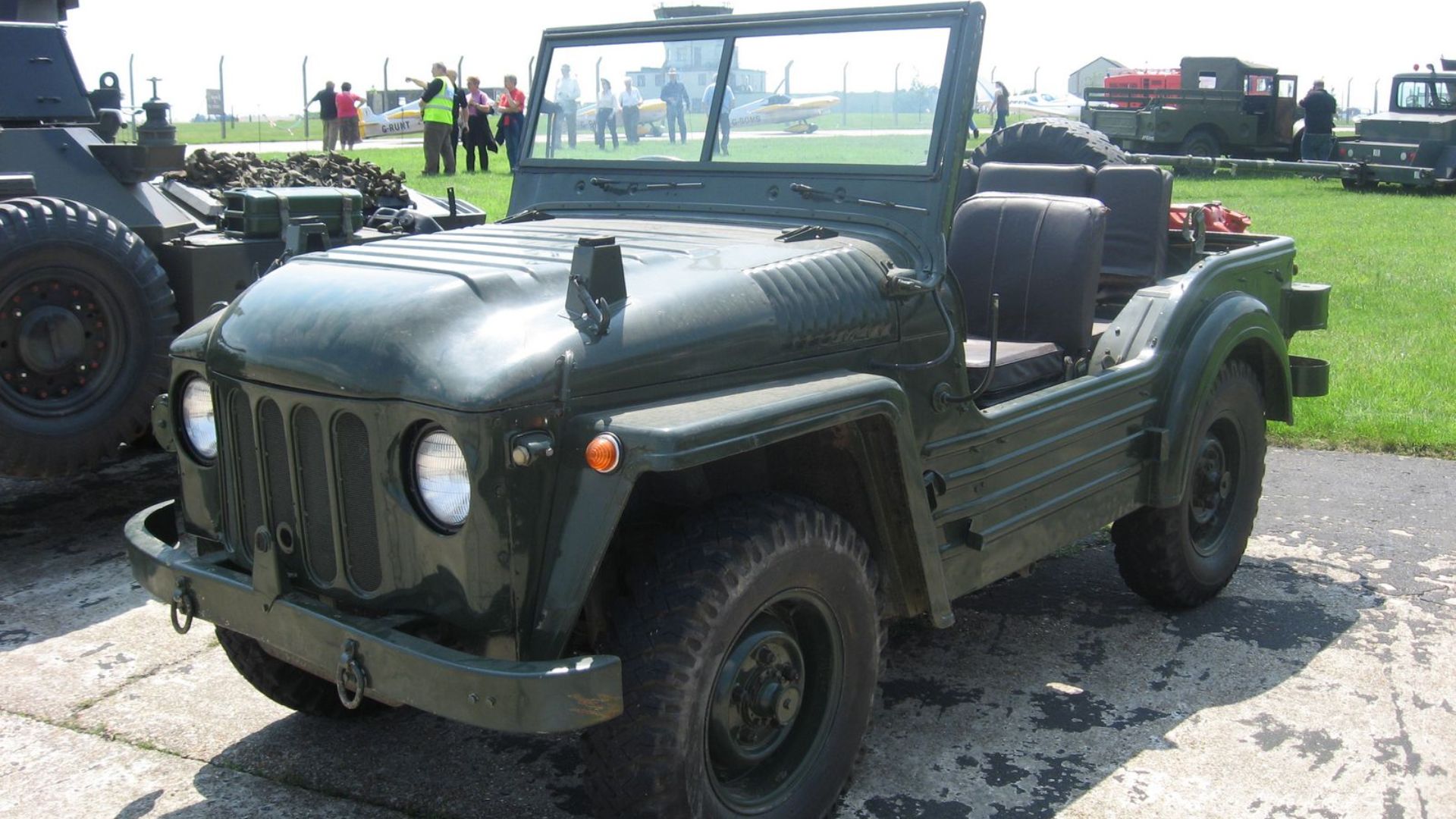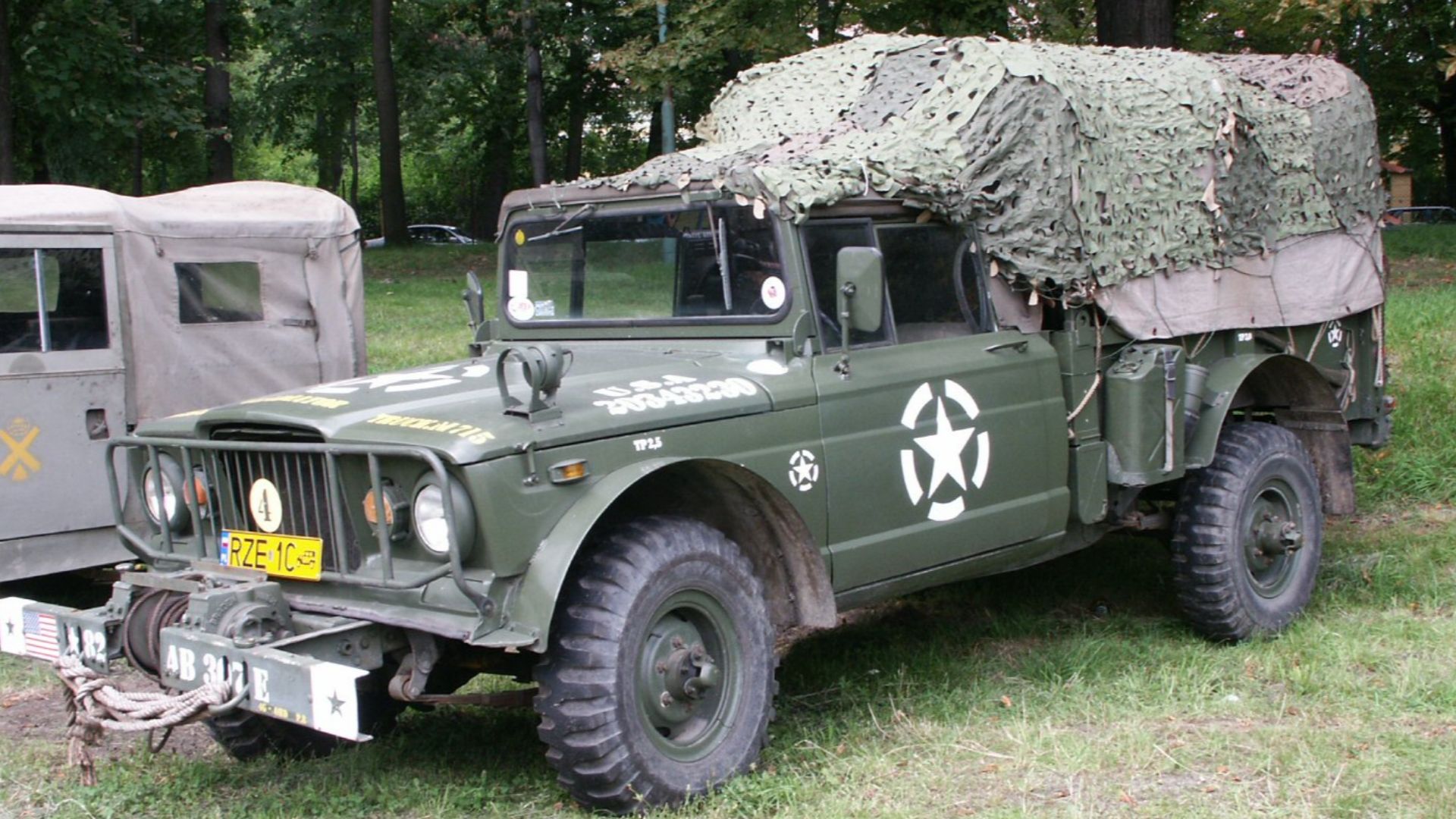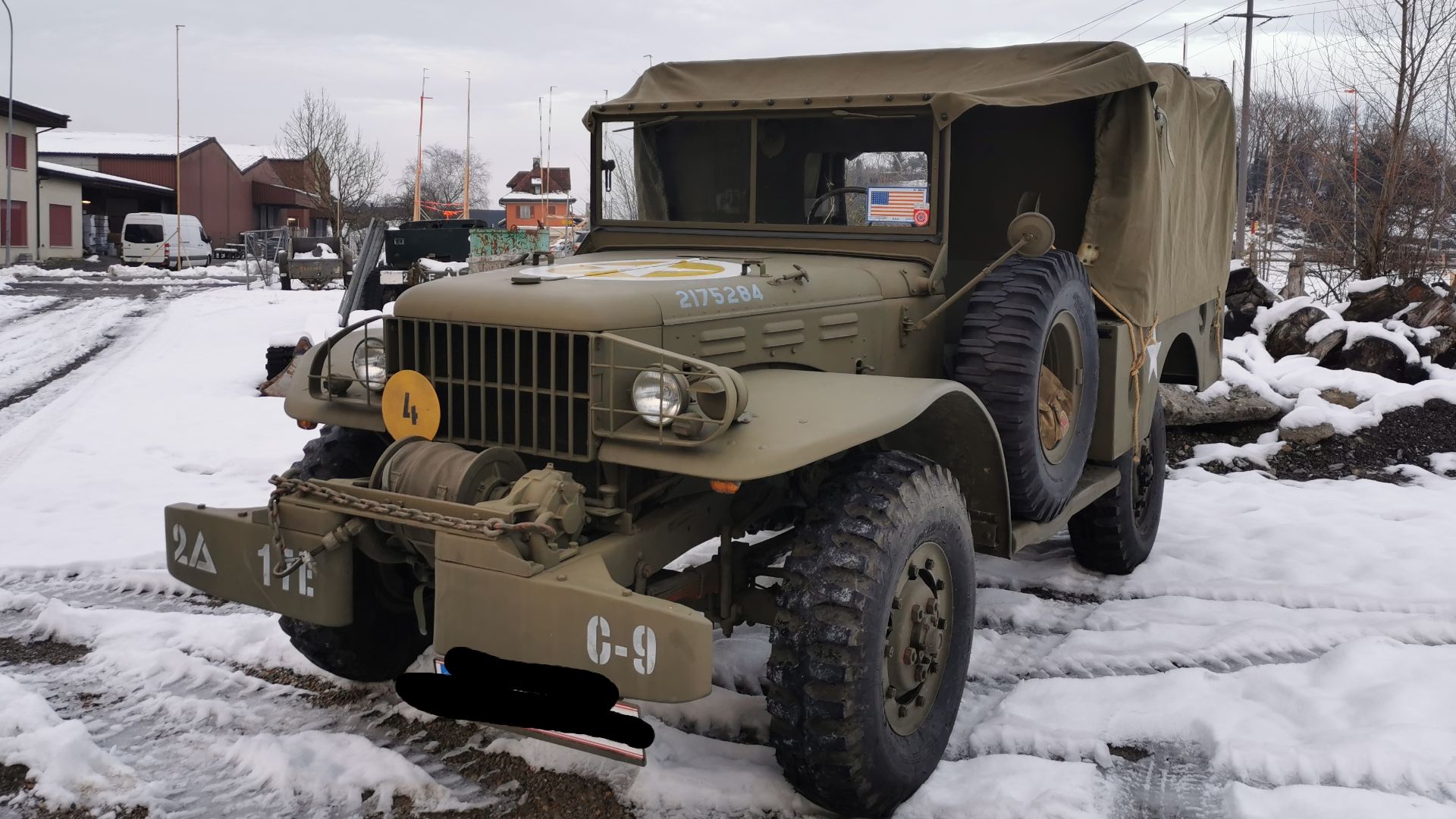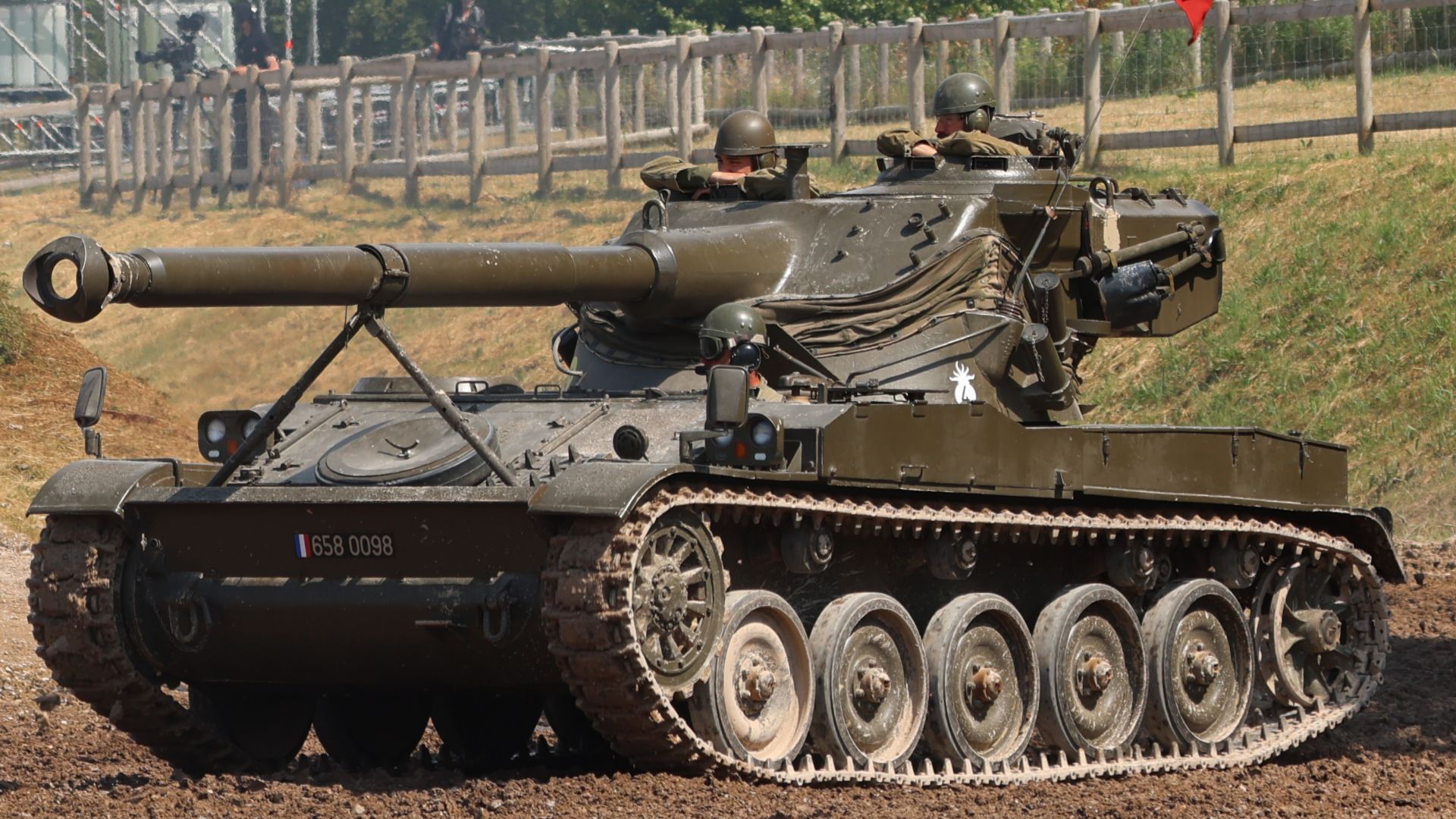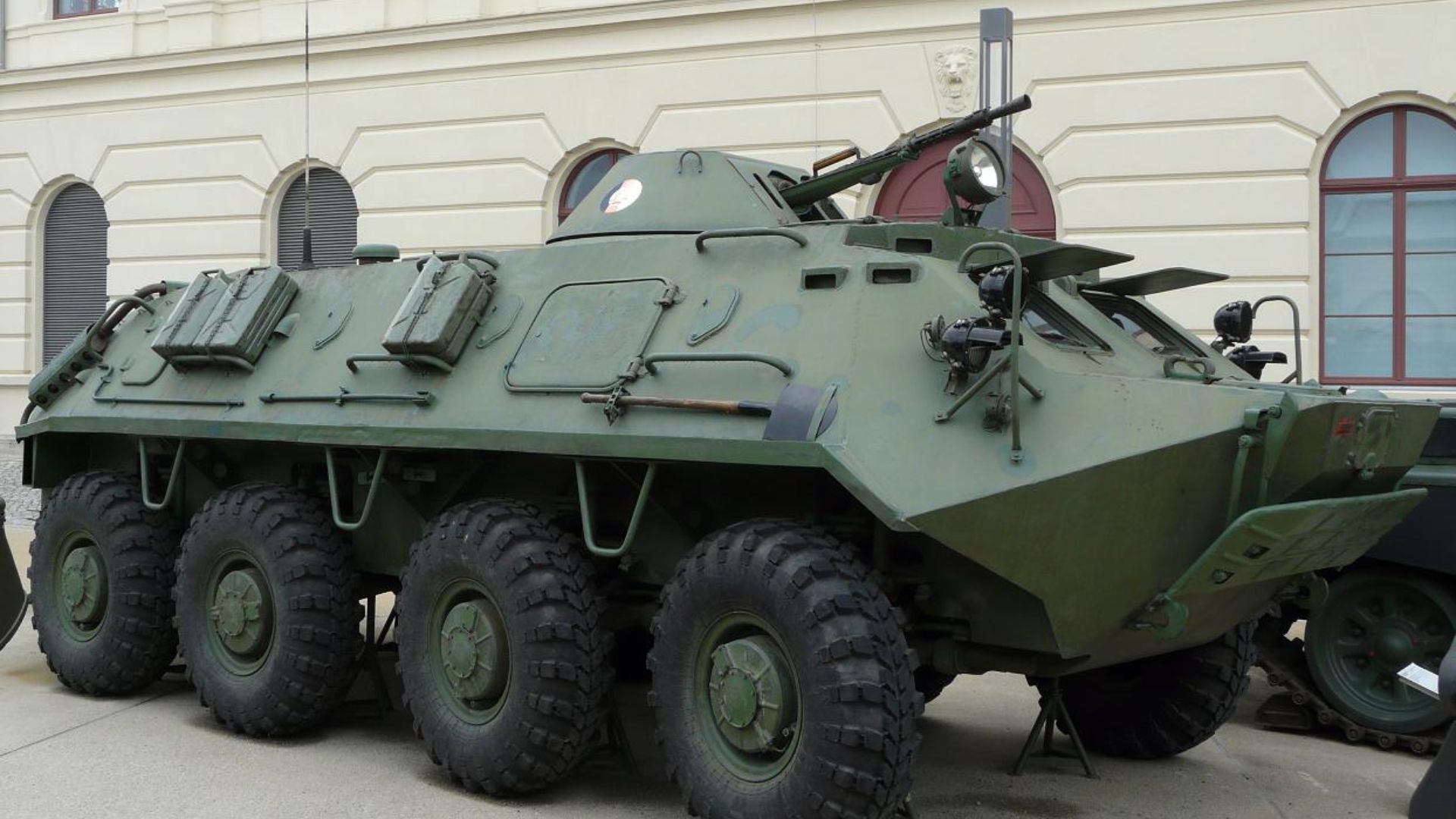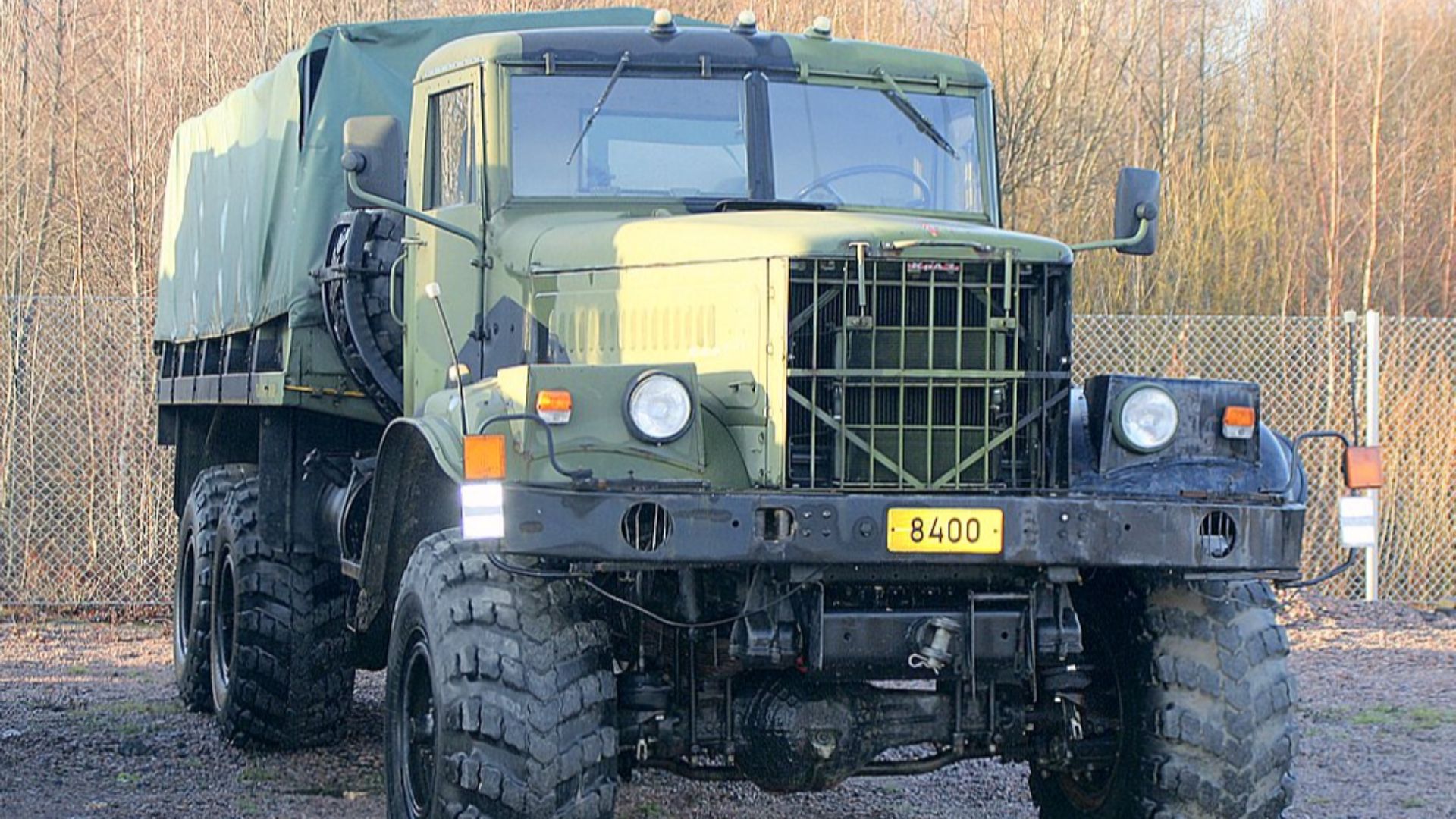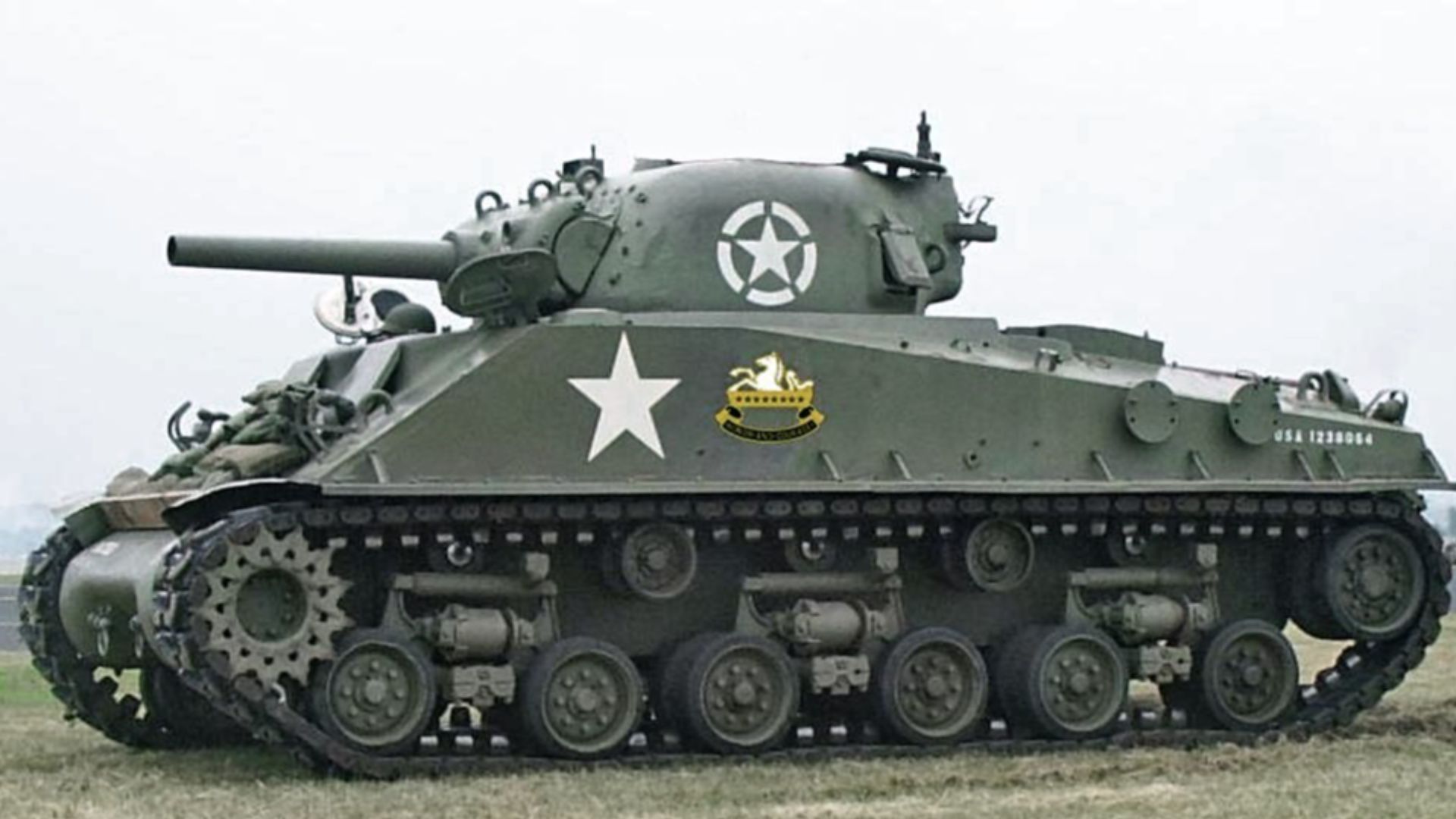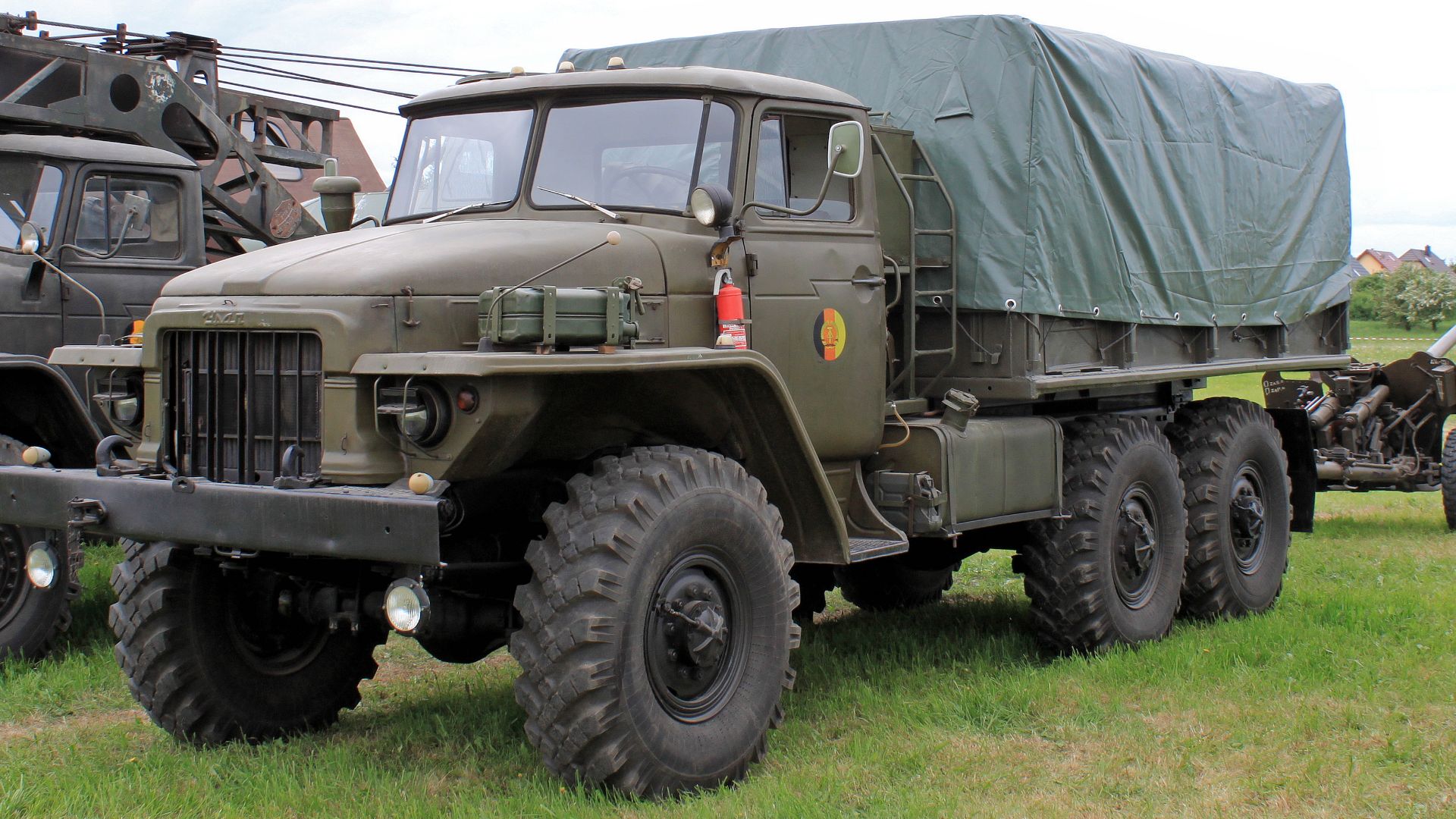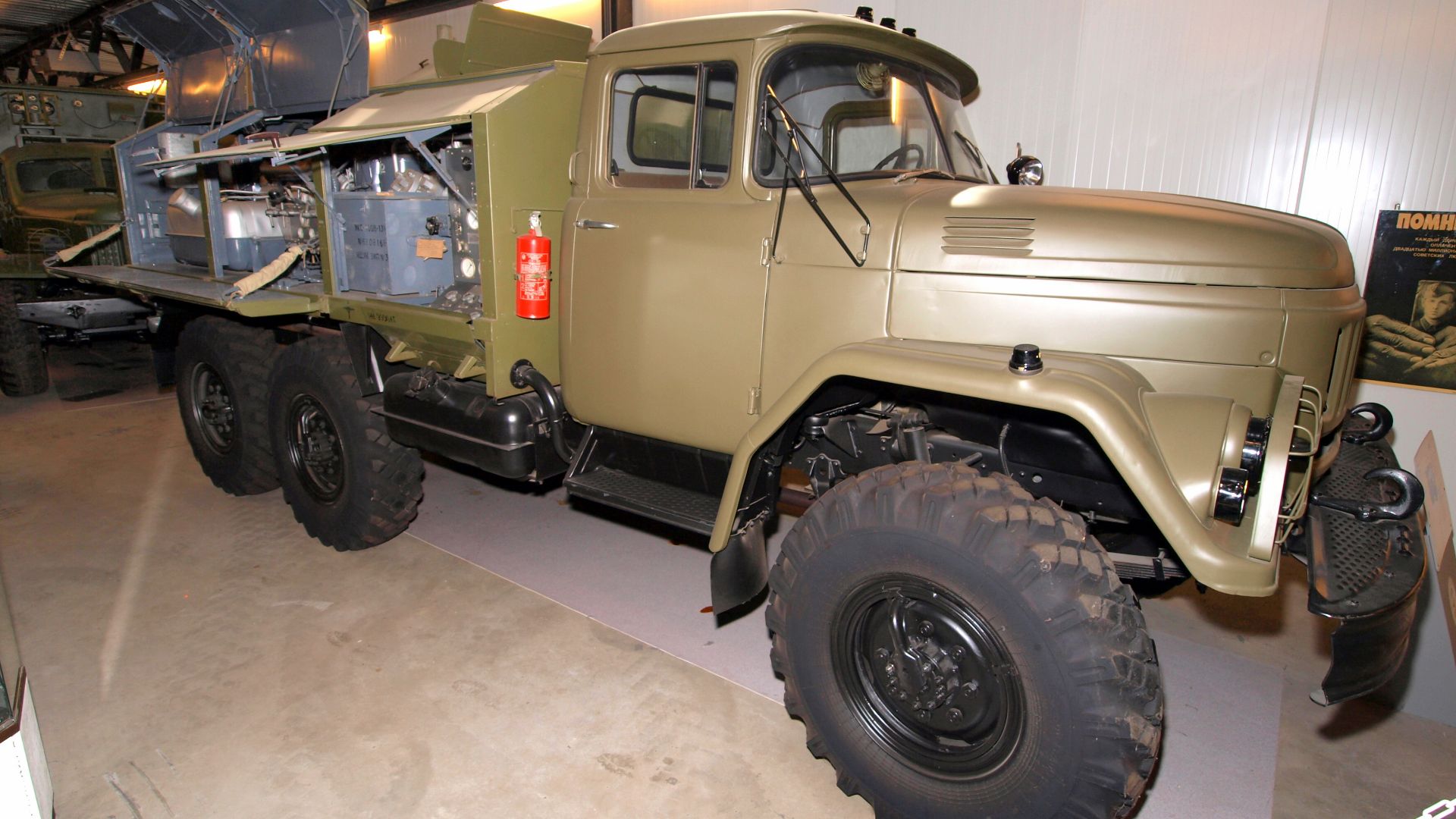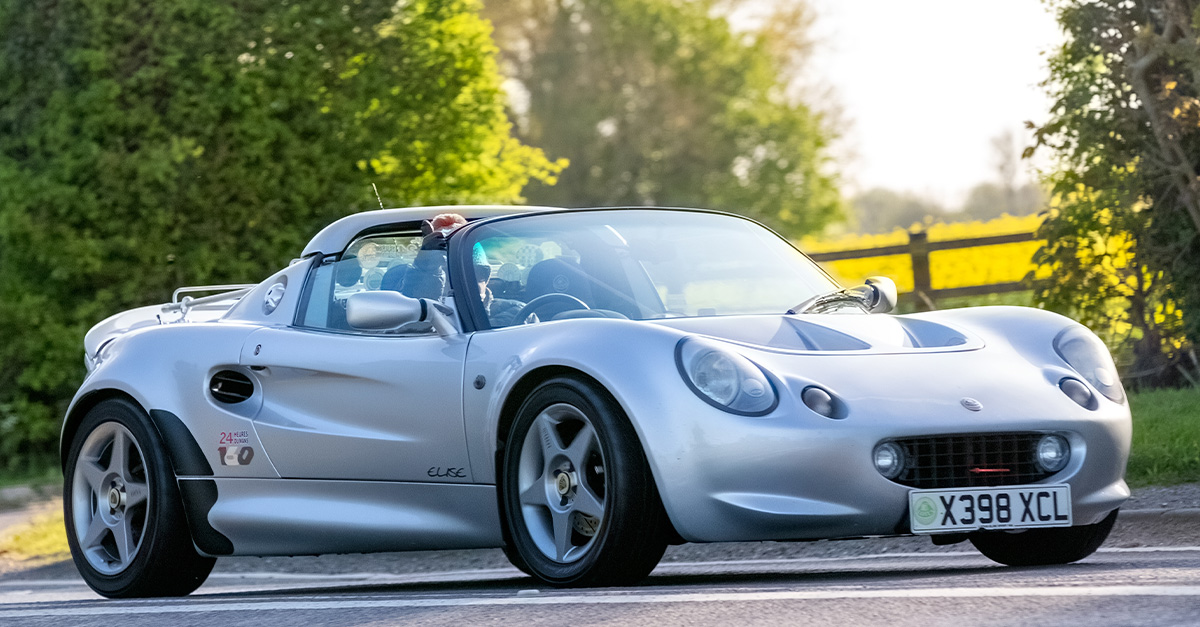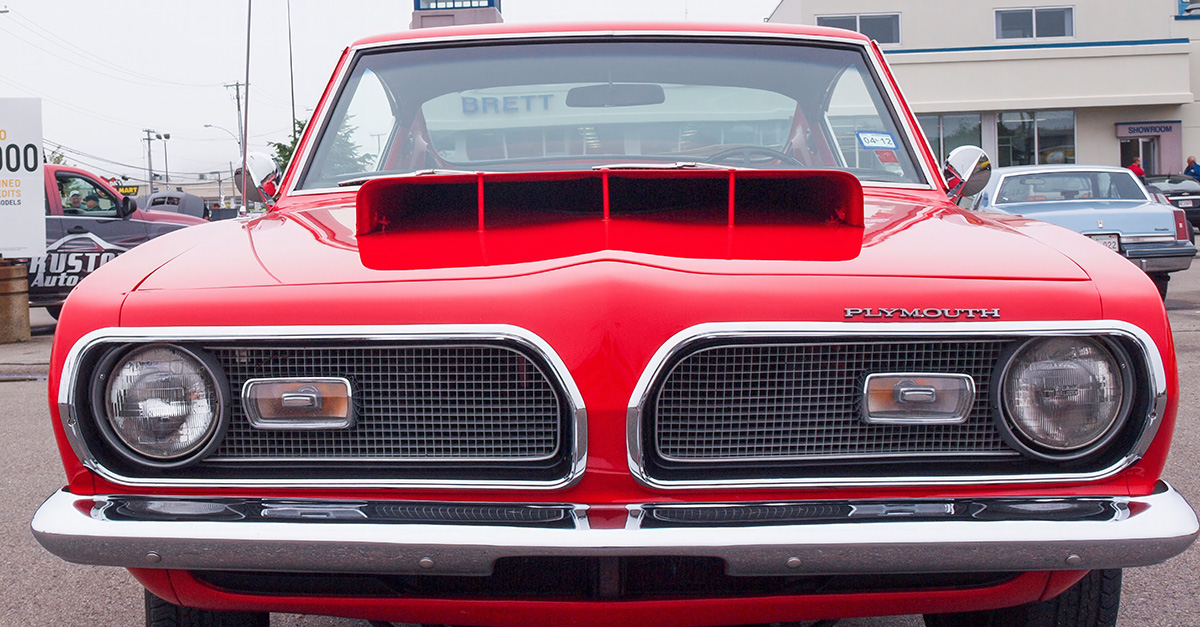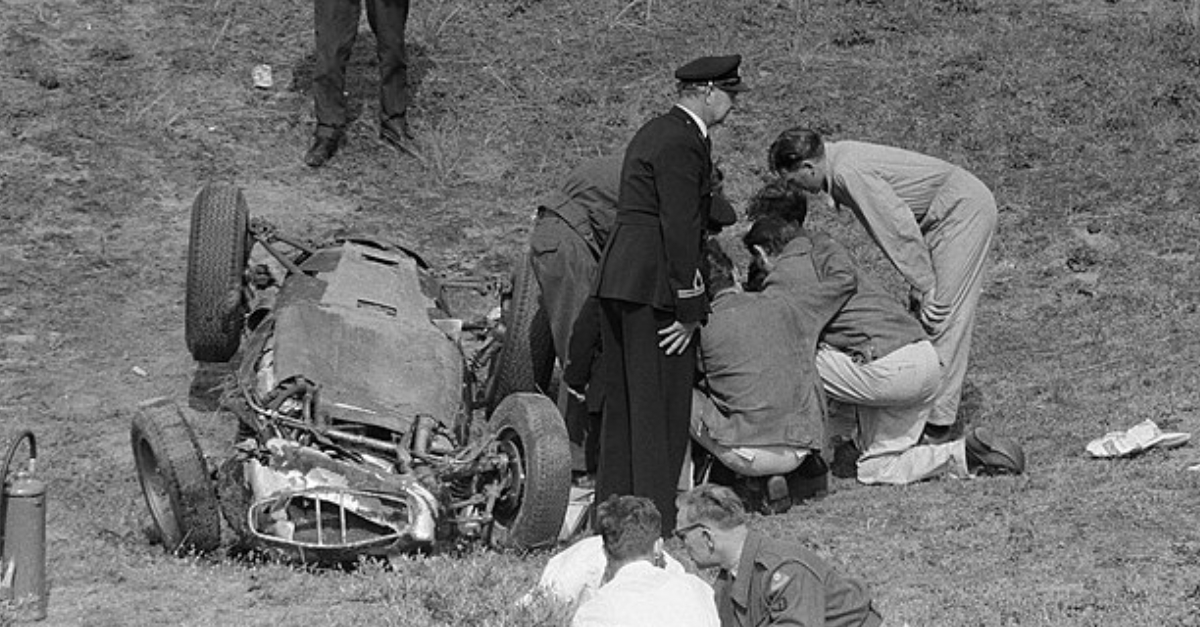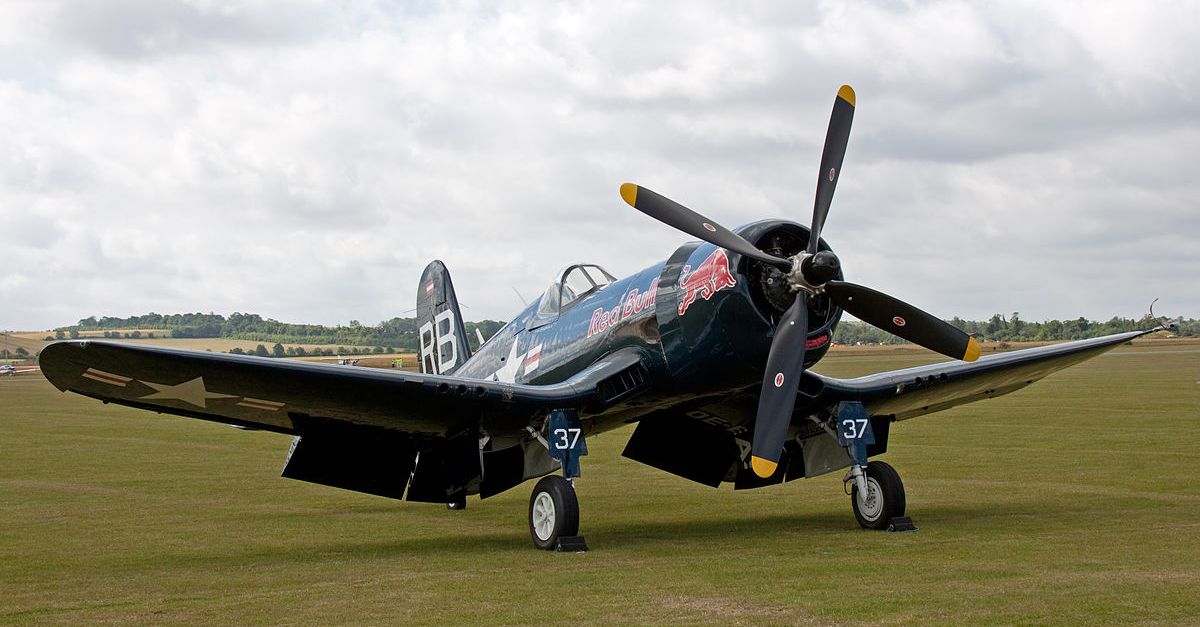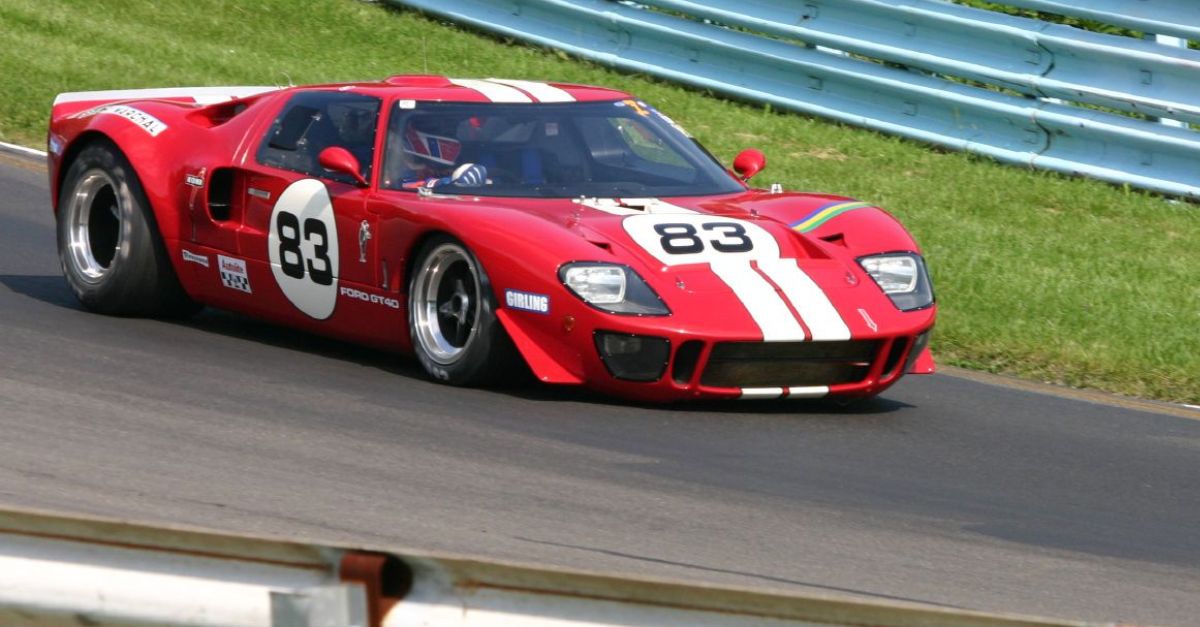Historic Combat Vehicles Still Turning Heads
Not every piece of military history stays locked behind museum walls. Across the world, collectors are restoring machines once forged for armies—vehicles that carried troops, supplies, and victory itself.
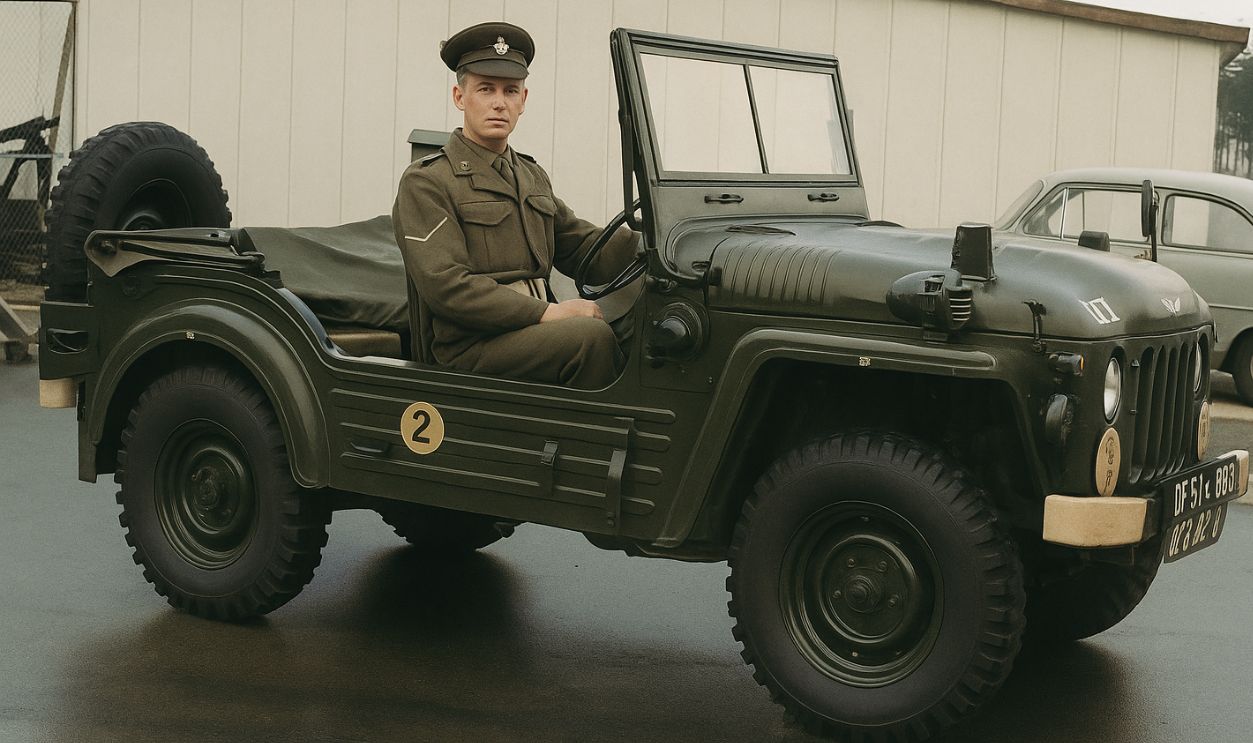
Willys MB / Ford GPW
Priced around $30,000 for pristine restorations, these legendary WWII workhorses remain surprisingly attainable. The Willys MB and Ford GPW served as the Allied forces’ backbone, combining simplicity with reliability. Their legacy lived on through the civilian CJ series.
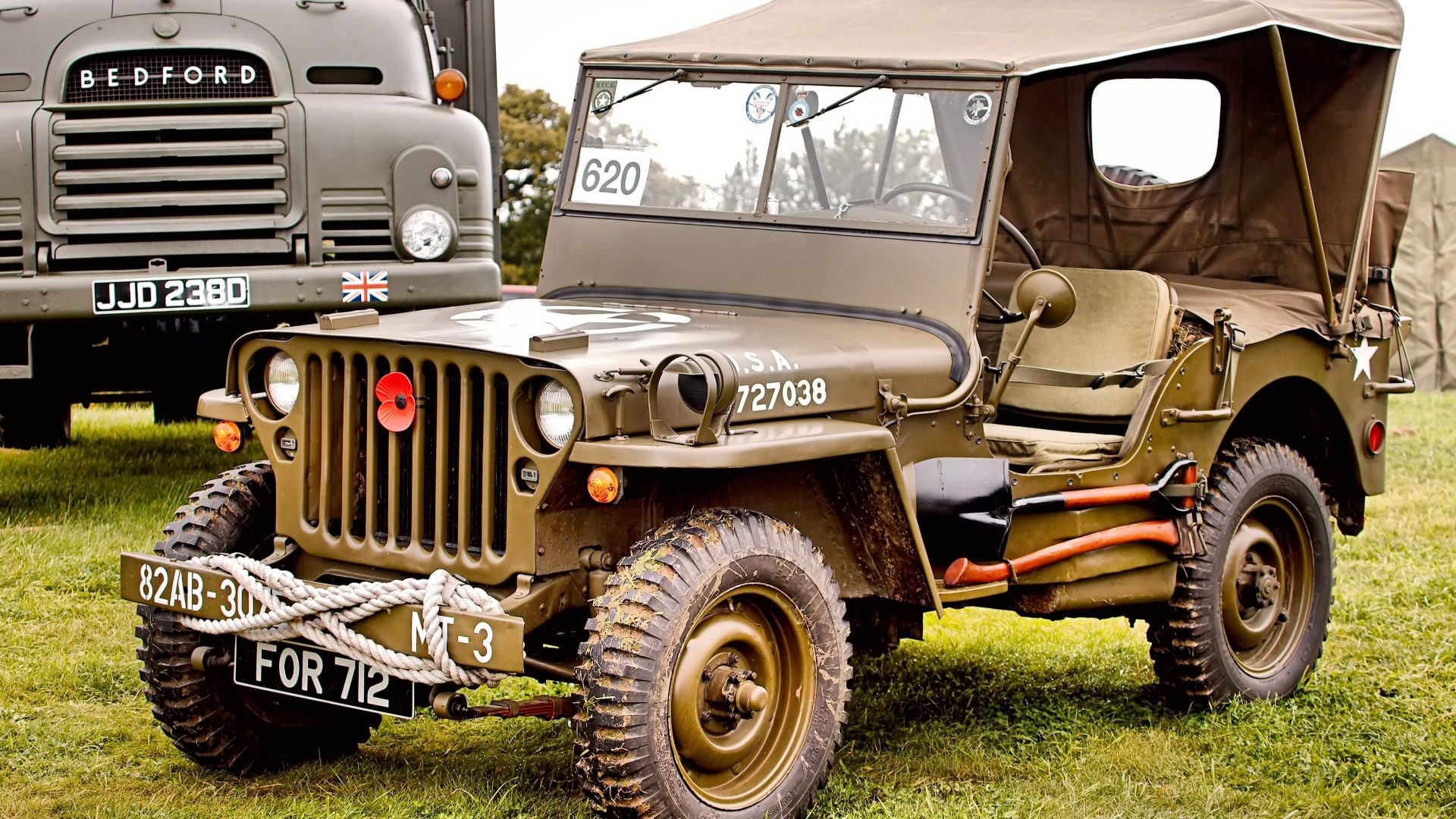 Airwolfhound from Hertfordshire, UK, Wikimedia Commons
Airwolfhound from Hertfordshire, UK, Wikimedia Commons
M8 Greyhound
For serious collectors, the elusive M8 Greyhound represents a prized find. This WWII-era 6×6 scout car, capable of reaching 55 mph, offers speed and agility rare for its class. Its open-topped turret and distinctive profile make it a star attraction at historic vehicle gatherings.
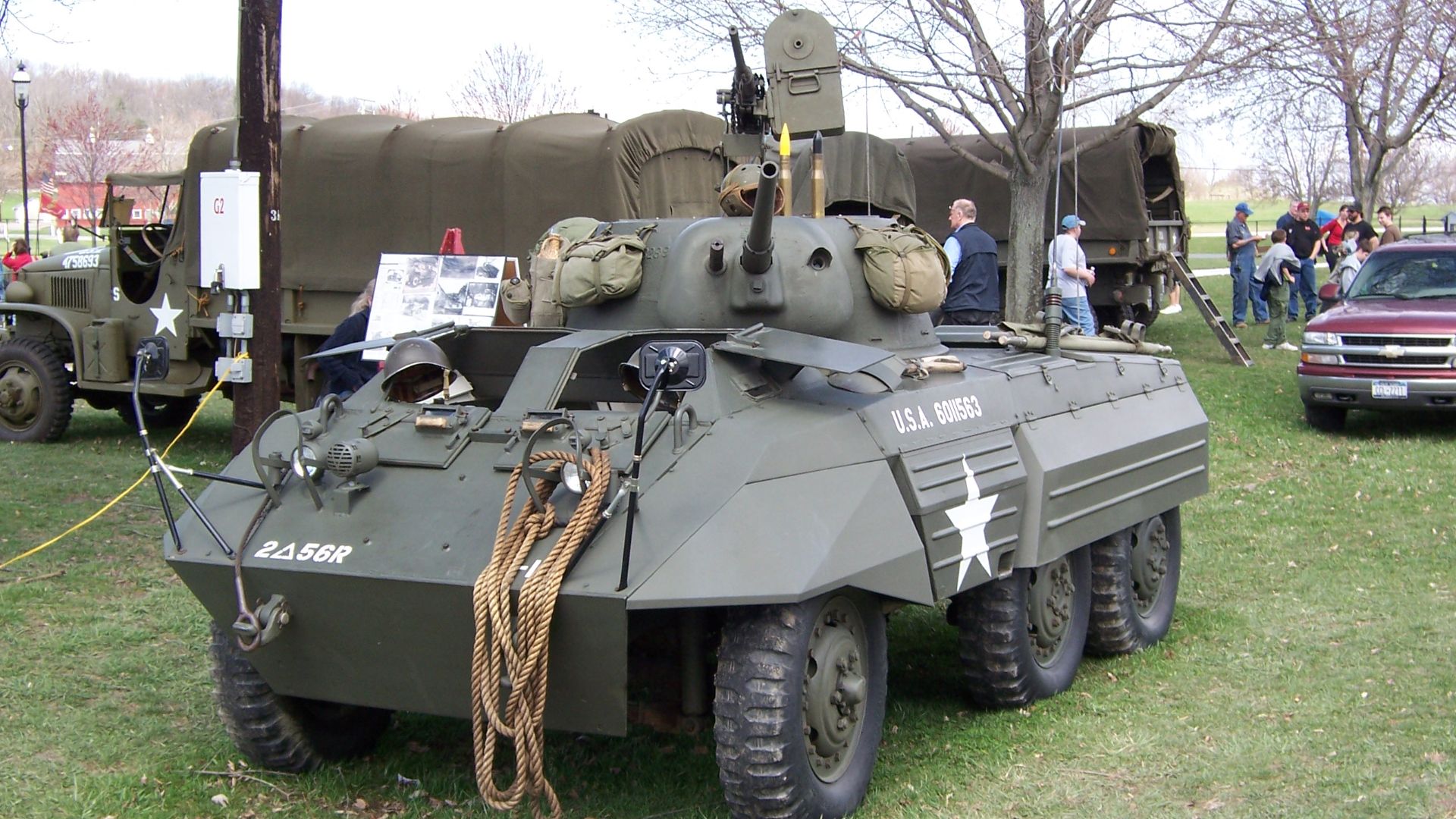 Minnesota Historical Society, Wikimedia Commons
Minnesota Historical Society, Wikimedia Commons
Land Rover Wolf
Few military-spec Land Rover Defenders reach American buyers, yet the Wolf variant commands admiration among enthusiasts. Known for service with British and NATO forces, these rugged troop carriers appear mostly in Europe. Collectors often pay $20,000 to $35,000 for dependable examples with authentic field heritage.
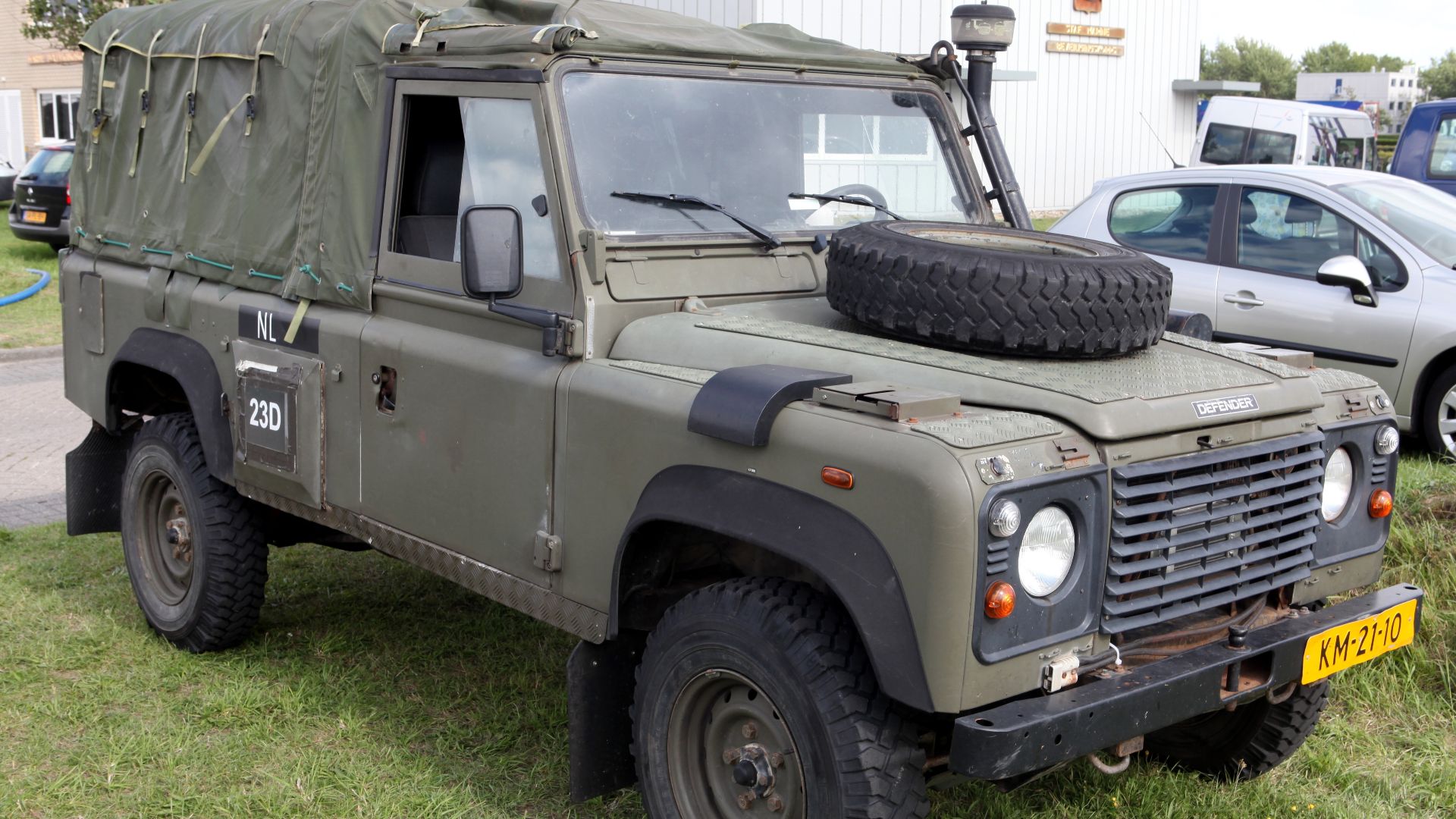 Joost J. Bakker, Wikimedia Commons
Joost J. Bakker, Wikimedia Commons
M35 “Deuce and a Half”
Owning a functional piece of postwar history doesn’t require a fortune. The M35, affectionately called the “Deuce and a Half” for its 2½-ton rating, typically sells for $5,000 to $15,000. Durable and repairable, it remains a collector’s favorite.
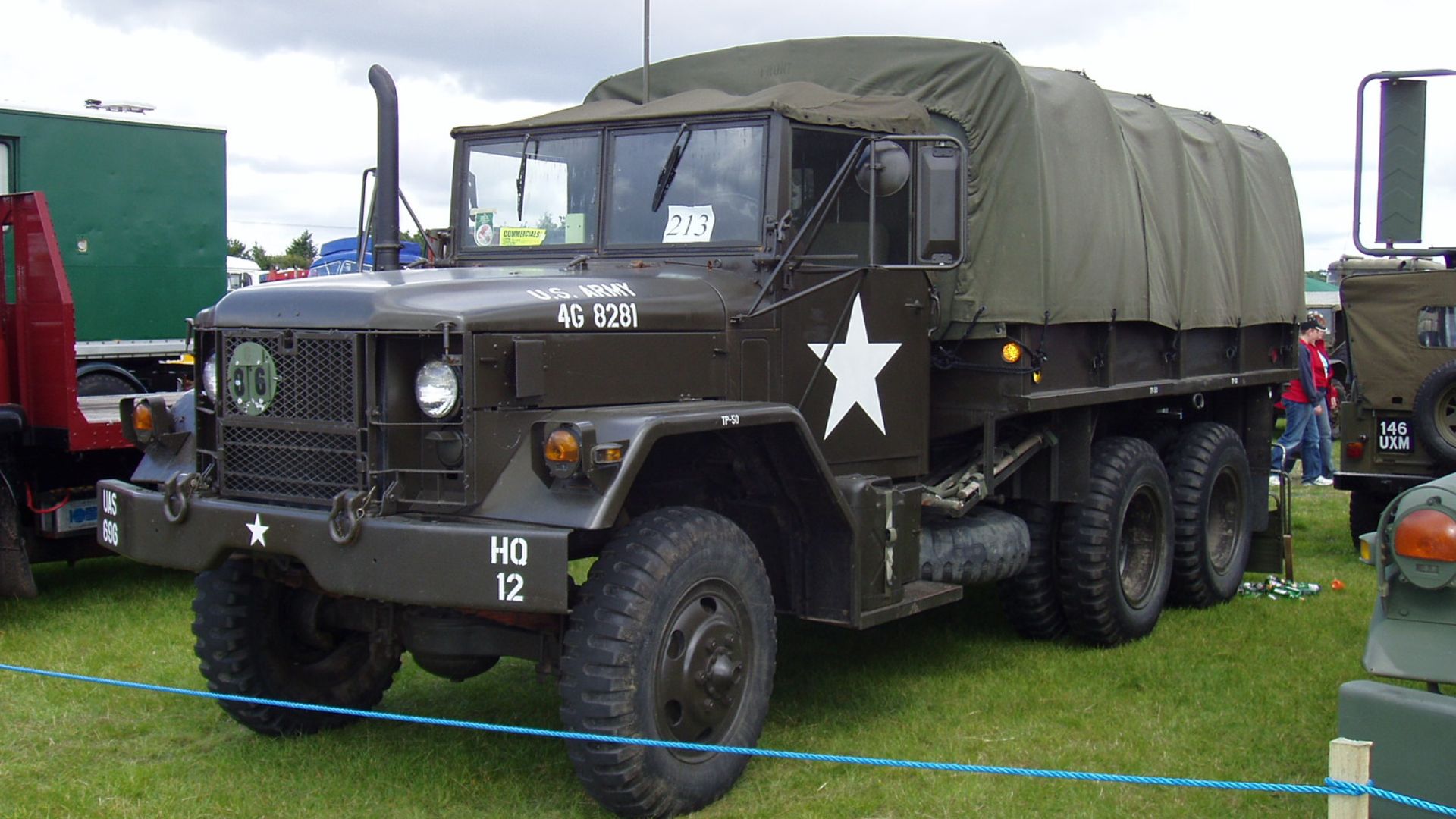 Steve F-E-Cameron (Merlin-UK), Wikimedia Commons
Steve F-E-Cameron (Merlin-UK), Wikimedia Commons
Austin Champ
The Austin Champ began as Britain’s 1950s answer to the Jeep but evolved into a technically ambitious 4×4 with a Rolls-Royce engine and advanced suspension. While its complexity limited production, surviving examples highlight exceptional British engineering from the early Cold War era.
M3 Half-Track
Blending wheels and tracks into one innovative design, the M3 Half-Track changed battlefield logistics forever. Serving as a troop carrier, ambulance, and artillery support, it mastered difficult terrain during WWII. Surviving units now command premium prices, prized by collectors for their groundbreaking versatility and mechanical uniqueness.
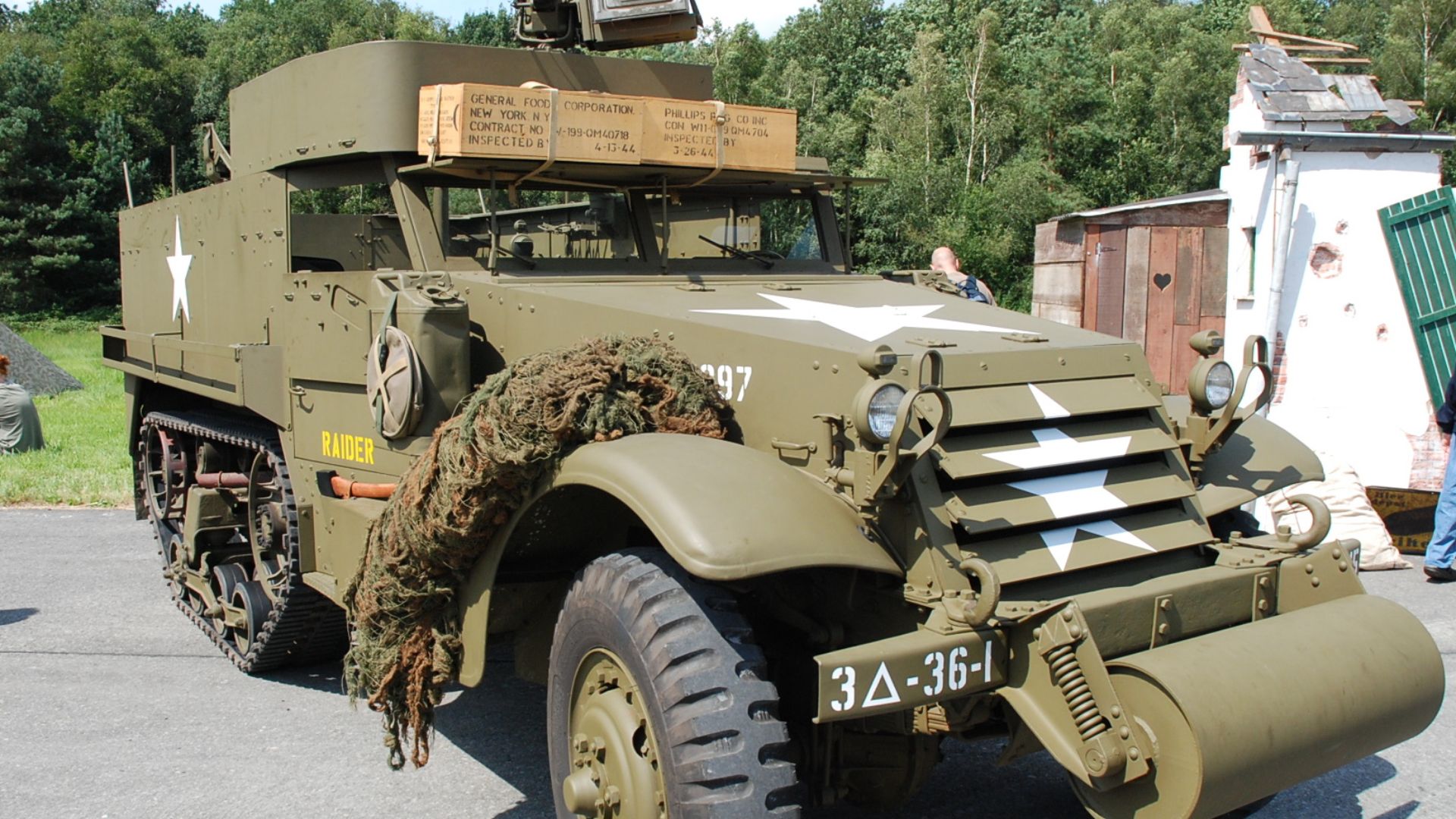 Paul Hermans, Wikimedia Commons
Paul Hermans, Wikimedia Commons
Panhard AML
Collectors seeking Cold War authenticity often turn to the French-built Panhard AML. Agile and deployed in more than forty nations, it combined reconnaissance speed with lasting durability. Now sold only in demilitarized form, this armored car’s sleek design continues to dazzle military history enthusiasts.
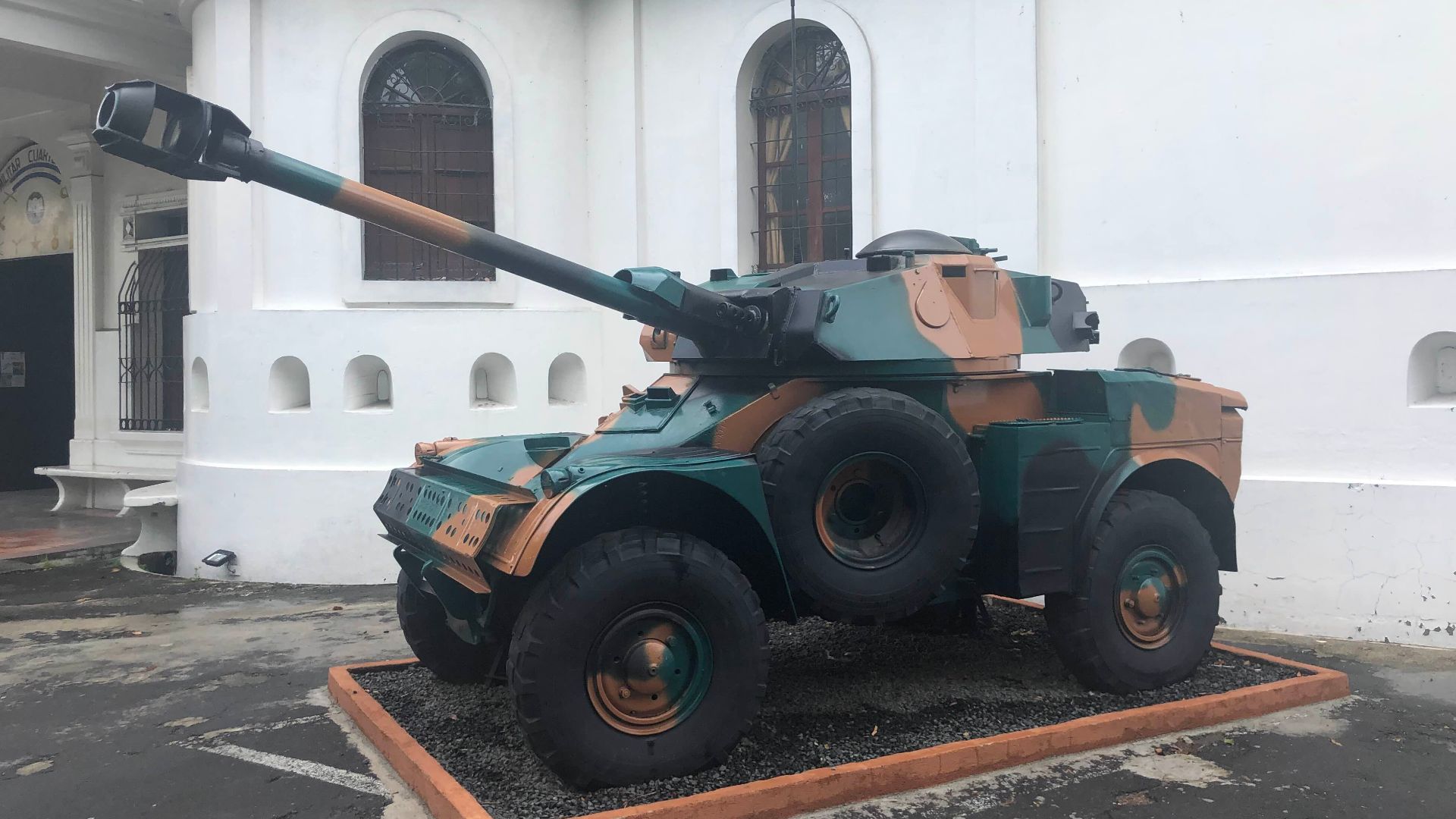 PizzaKing13, Wikimedia Commons
PizzaKing13, Wikimedia Commons
Kaiser Jeep M715
Nicknamed the “Five-Quarter” for its 1¼-ton payload, the Kaiser Jeep M715 merged civilian Gladiator pickup roots with military-grade strength. Its Vietnam-era service proved its toughness, and restorers still chase these rugged trucks today.
Ferret Armoured Scout Car
Compact yet commanding, the British Ferret Scout Car remains a popular first step into armored vehicle ownership. Once equipped with machine guns, these agile reconnaissance vehicles now appear legally road-registered. Prices around $20,000 make them one of the more approachable armored classics to maintain.
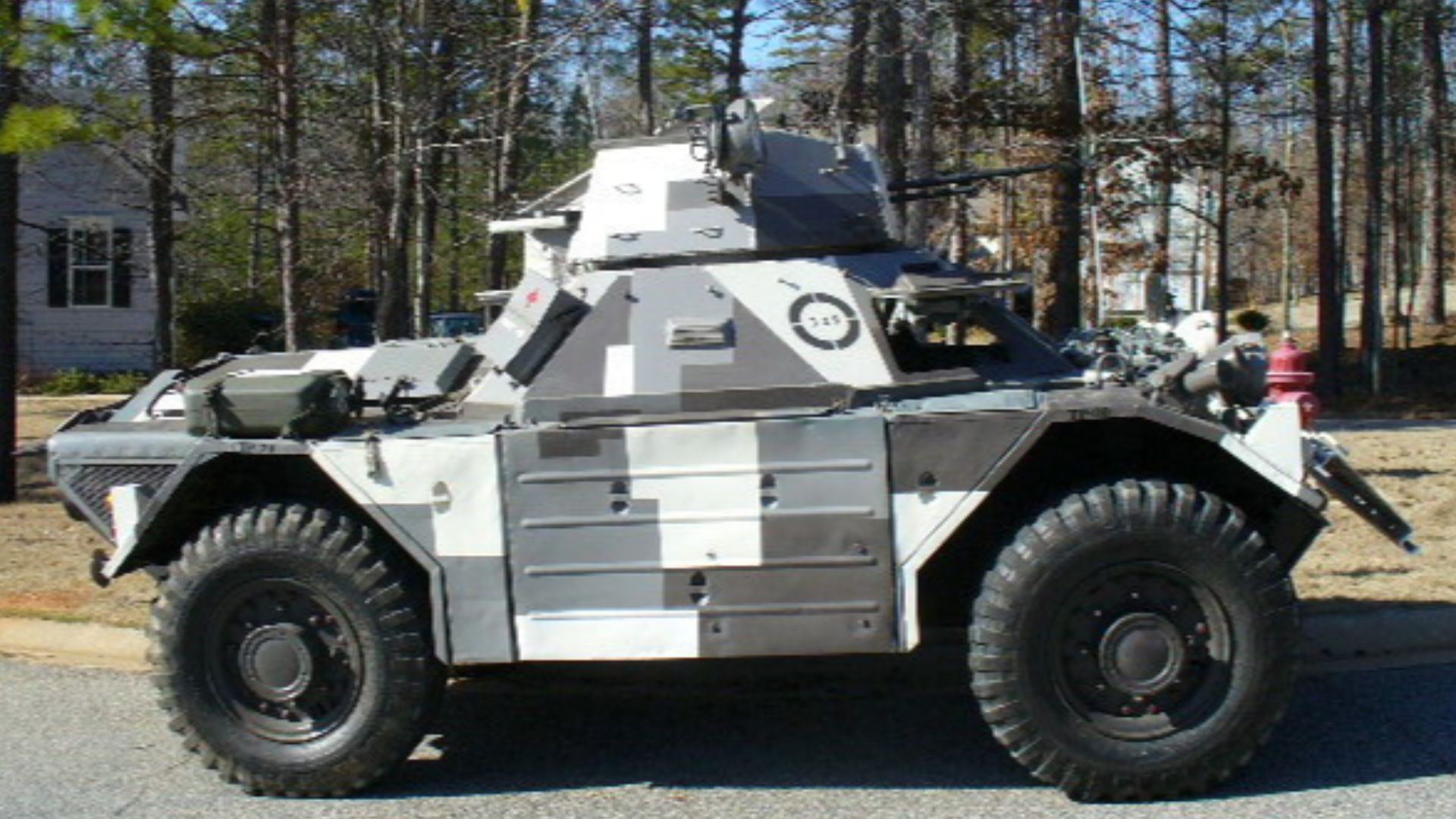 Ian from Sharpsburg, GA, U.S.A., Wikimedia Commons
Ian from Sharpsburg, GA, U.S.A., Wikimedia Commons
M113 APC
Built for flexibility, the M113 armored personnel carrier could shift roles from troop transport to command post or field ambulance. Its lightweight aluminum hull kept mobility high, while global adoption cemented its reputation.
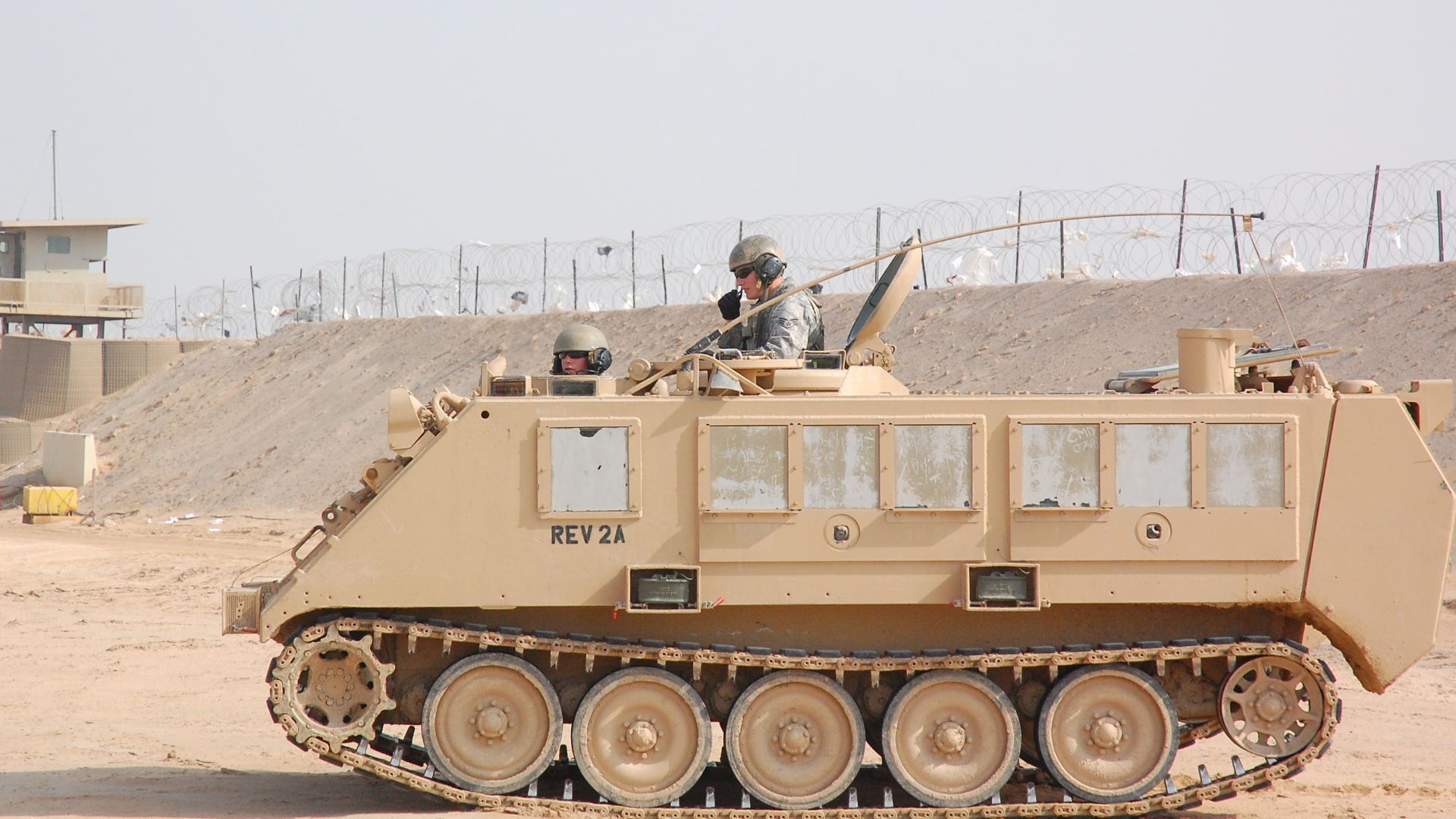 Captain Jason McCree, USAF, Wikimedia Commons
Captain Jason McCree, USAF, Wikimedia Commons
Dodge WC-52 Weapons Carrier
Built to conquer punishing terrain and recover stranded vehicles with its front-mounted winch, the Dodge WC-52 became indispensable to Allied troops. As part of the WWII WC family, surviving examples remain scarce. Comparable WC-63s command around $32,000 when fully restored and operational.
AMX-13 Light Tank
France redefined tank mobility through the AMX-13, a compact design with remarkable firepower. Its oscillating turret enabled rapid aiming and firing, giving it battlefield agility unseen in earlier tanks. Today, restored units survive in private hands, representing one of Europe’s most inventive armored vehicles.
GMC CCKW “Deuce & A Half”
Known affectionately as the “Jimmy,” the GMC CCKW powered Allied logistics with unmatched reliability. Over 500,000 were produced during WWII, transporting troops and cargo across every theater. Restored models often cost less than a small modern car, offering collectors authentic engineering at reasonable prices.
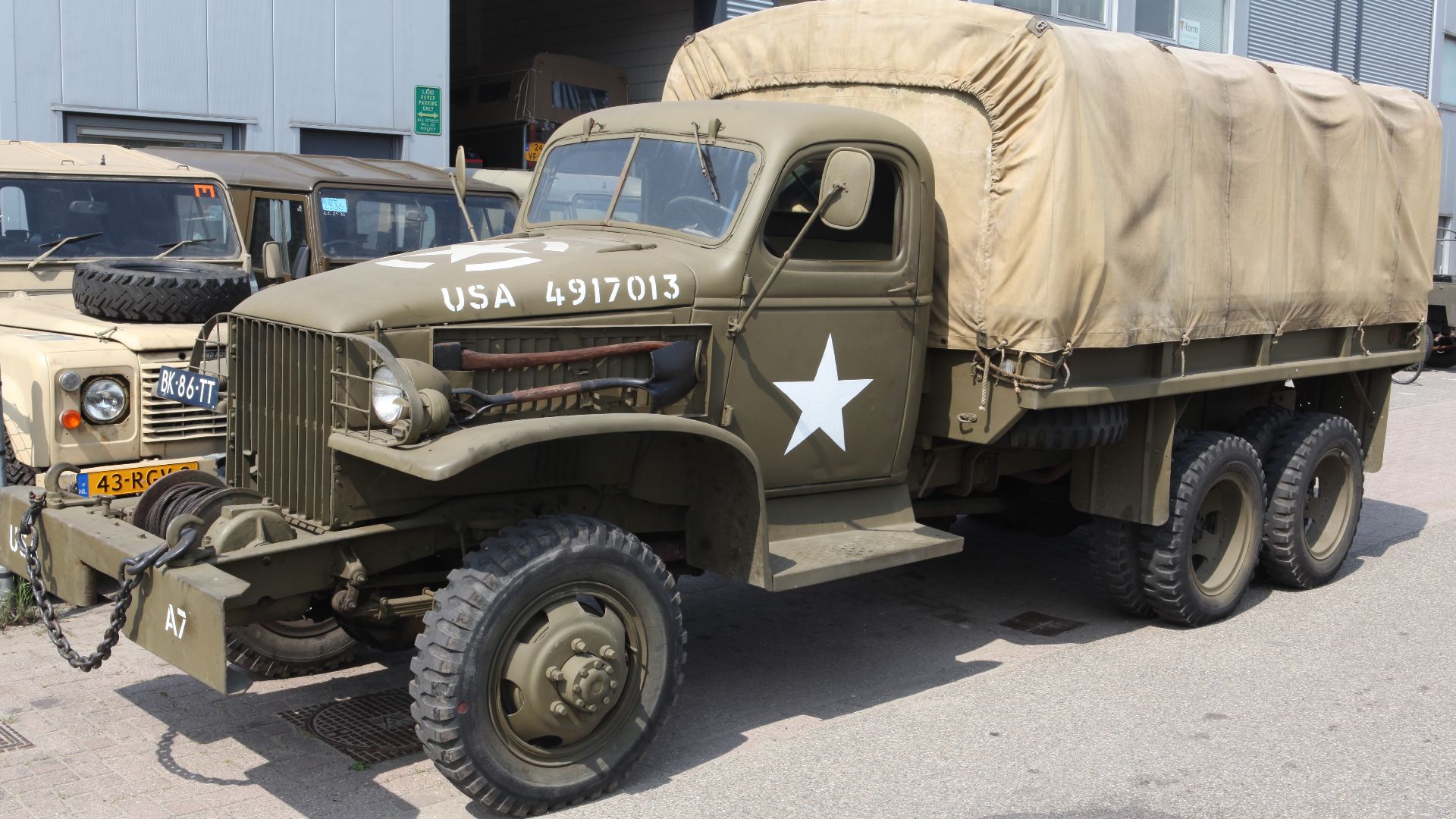 Joost J. Bakker from IJmuiden, Wikimedia Commons
Joost J. Bakker from IJmuiden, Wikimedia Commons
BTR-60
Originally designed for Soviet troop transport, the BTR-60 armored personnel carrier continues to fascinate Cold War collectors. Demilitarized examples still feature amphibious capability and outstanding off-road power. These eight-wheeled vehicles are prized for their durability and mechanical intrigue.
Kraz-255 6×6
Built to survive brutal Soviet winters and impassable roads, the Kraz-255 6×6 earned legendary status through sheer toughness. Its oversized tires and unstoppable drivetrain made it a heavy-duty marvel. Today, collectors compete fiercely for these rare survivors at European military auctions.
M4 Sherman Tank
Among WWII’s most recognizable machines, the M4 Sherman symbolizes Allied determination and industrial might. Fully restored models cost around six-figure sums, reflecting both rarity and cultural importance.
M151A2 “MUTT”
A successor to the original Jeep, the M151A2 introduced independent suspension that revolutionized off-road handling. Soldiers dubbed it the “MUTT,” admiring its speed and adaptability. Complete running examples fetch far more than $2,300 project bodies, rewarding buyers with authentic military mobility.
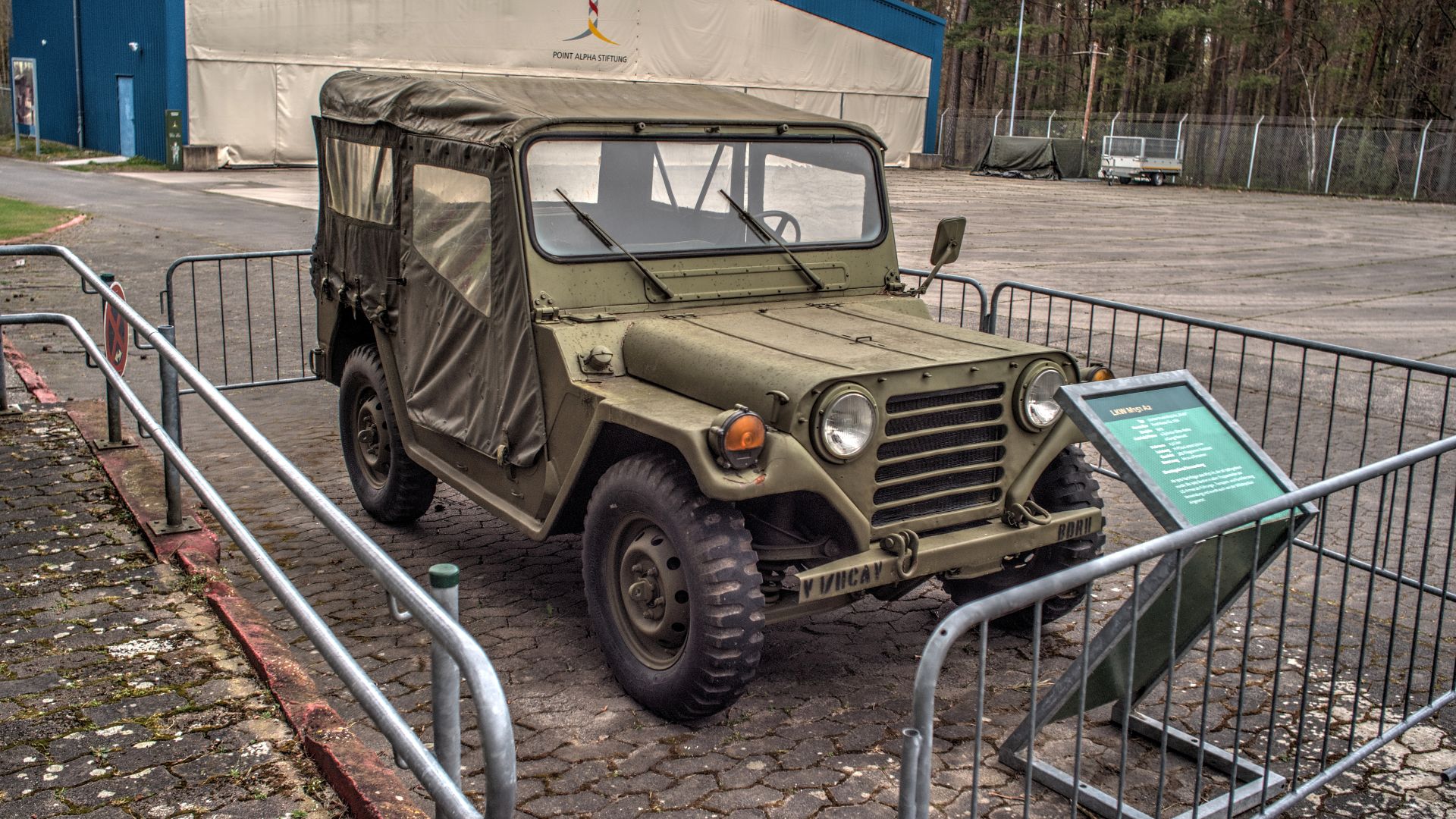 Thomas Vogt from Paderborn, Deutschland, Wikimedia Commons
Thomas Vogt from Paderborn, Deutschland, Wikimedia Commons
Alvis Saracen FV603
Designed to handle Britain’s harshest terrain, the Alvis Saracen FV603 combined six-wheel-drive capability with unmistakable presence. This armored personnel carrier served well into the 1980s before entering private ownership. Today, its powerful profile and cinematic appeal make it a standout at reenactments and film productions.
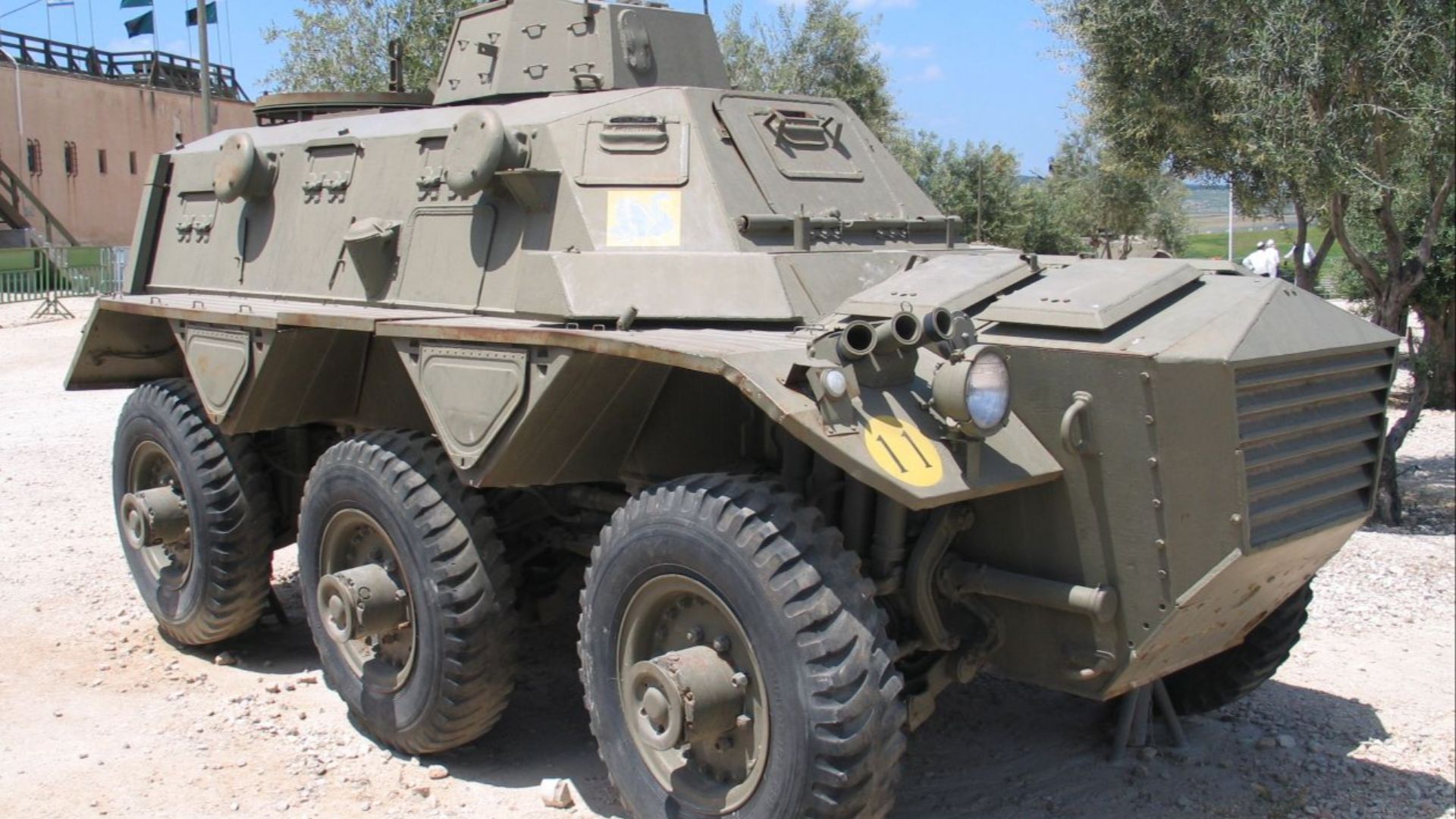 No machine-readable author provided. Bukvoed assumed (based on copyright claims)., Wikimedia Commons
No machine-readable author provided. Bukvoed assumed (based on copyright claims)., Wikimedia Commons
Studebaker US6
The Studebaker US6 played a decisive role in WWII through the Lend-Lease program, supplying Allied and Soviet armies. Famous for reliability in subzero Russian winters, it hauled supplies where few trucks could. Surviving examples are scarce, treasured by restorers for their rugged simplicity.
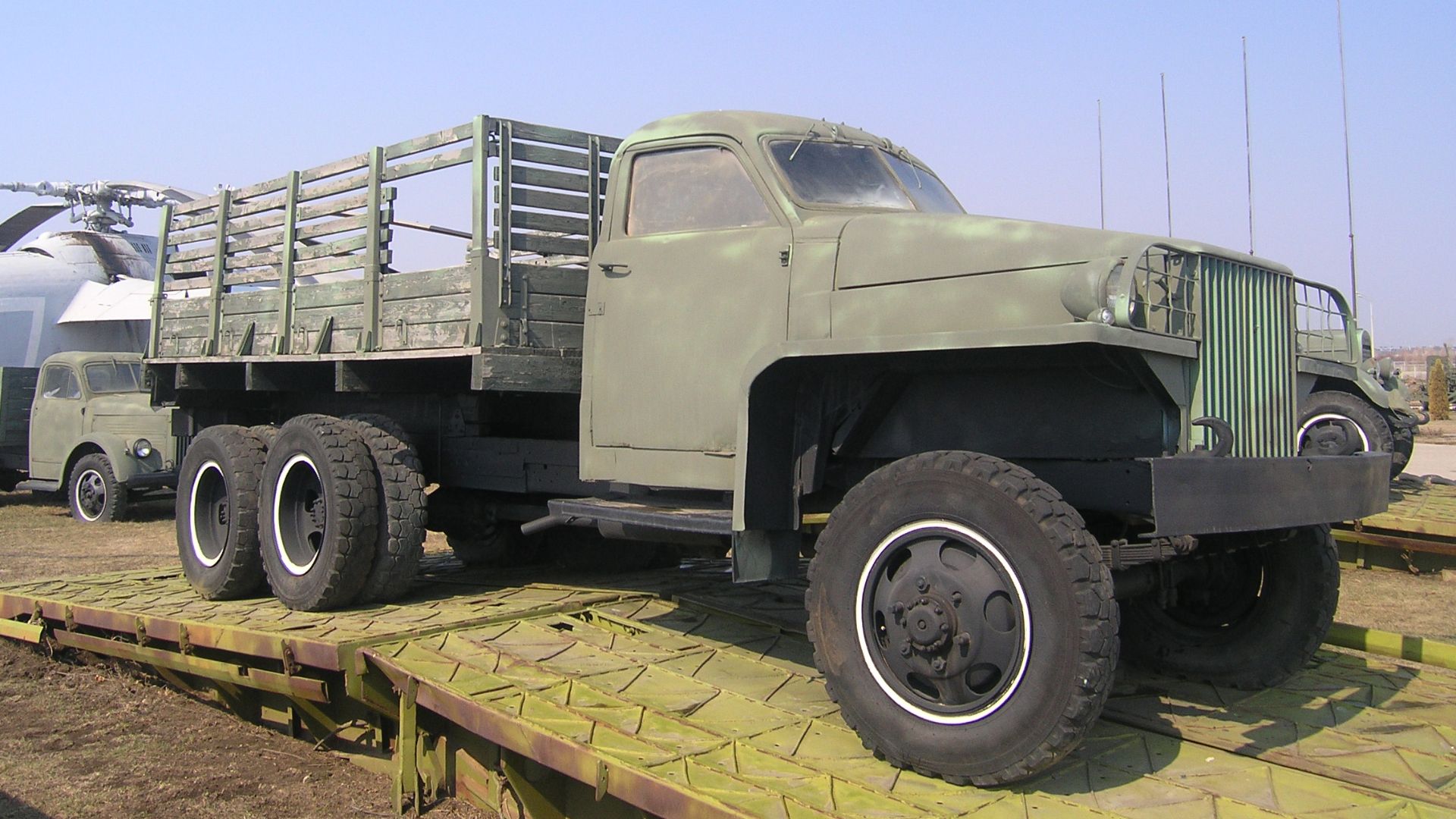 ShinePhantom, Wikimedia Commons
ShinePhantom, Wikimedia Commons
Ural-375D
Powered by a distinctive V8, the Soviet Ural-375D represented brute strength and adaptability. Once serving as the base for rocket launchers and mobile workshops, its 6×6 design survives in collector circles. Restored models highlight the transition from utilitarian purpose to respected historical showpiece.
International Harvester M-5H-6
Built as a specialized 2½-ton cargo hauler, the International Harvester M-5H-6 brought dependable American engineering to the front lines. Less common than other WWII transports, it offered mechanical simplicity and durability.
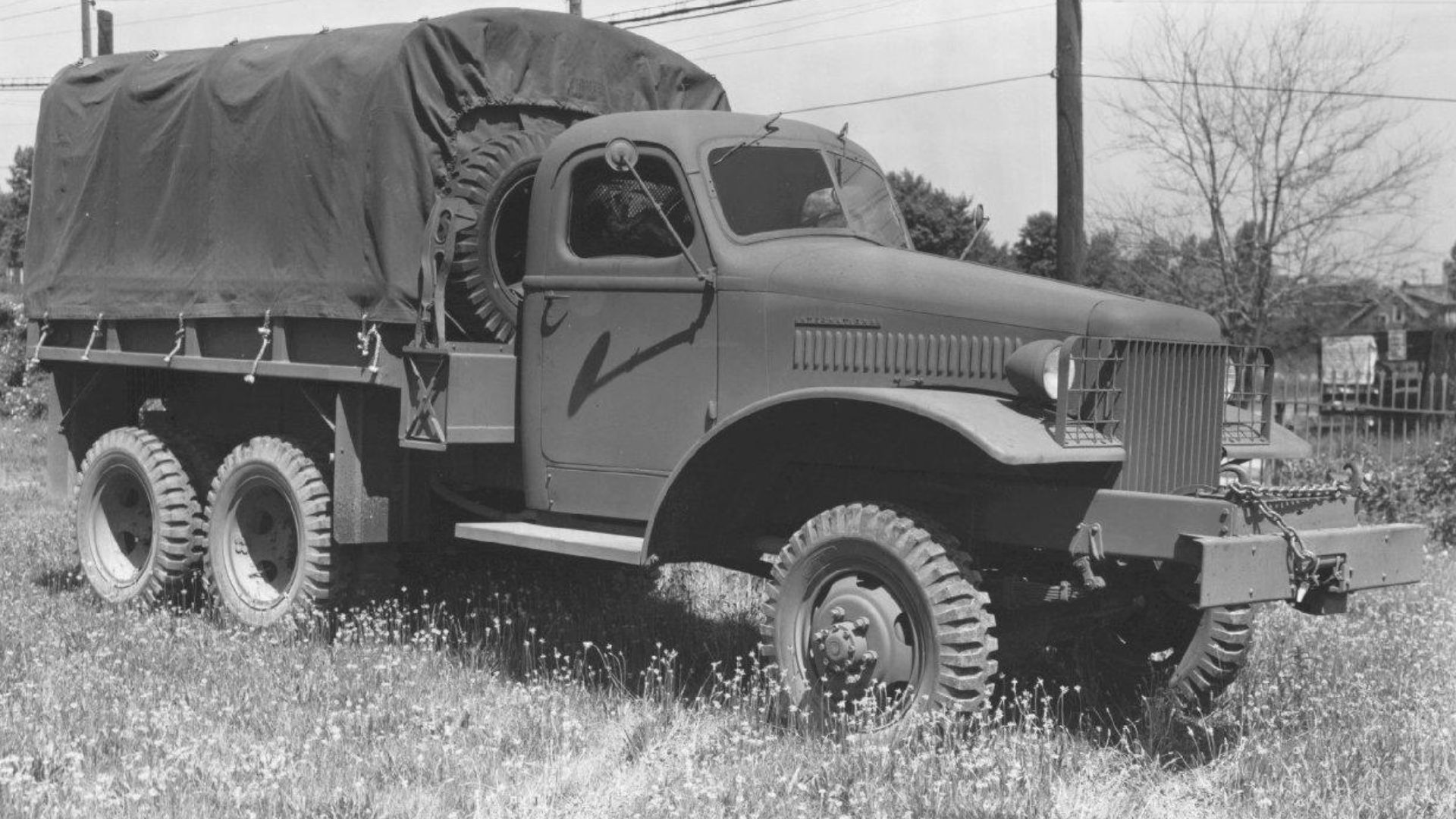 Unknown authorUnknown author, Wikimedia Commons
Unknown authorUnknown author, Wikimedia Commons
M939 5-Ton Truck
During the 1980s and 1990s, the M939 5-Ton Truck modernized American military transport with automatic transmission and easier handling. Built for extreme terrain, it hauled troops and cargo efficiently. Regularly sold through government auctions, these trucks often cost between $7,000 and $10,000, depending on condition.
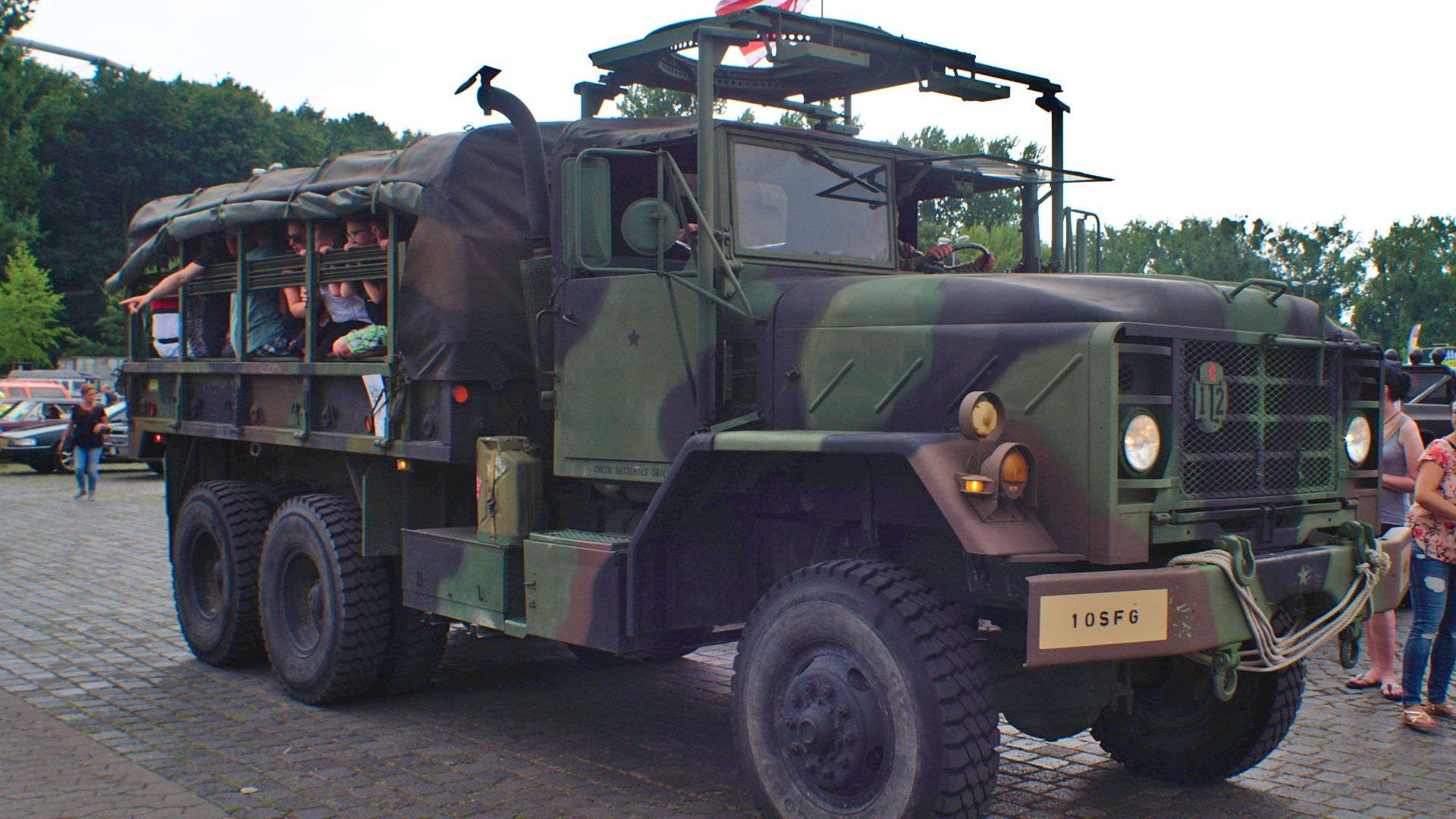 Thomas Vogt from Paderborn, Deutschland, Wikimedia Commons
Thomas Vogt from Paderborn, Deutschland, Wikimedia Commons
Leopard 1 Tank (Early Variant)
Once a Cold War powerhouse, the early Leopard 1 showcased German engineering with its 830-horsepower V10 diesel engine capable of 65 km/h. These tanks, now fully demilitarized, reside quietly in museums and private collections, admired for their precision design and remarkable postwar technological refinement.
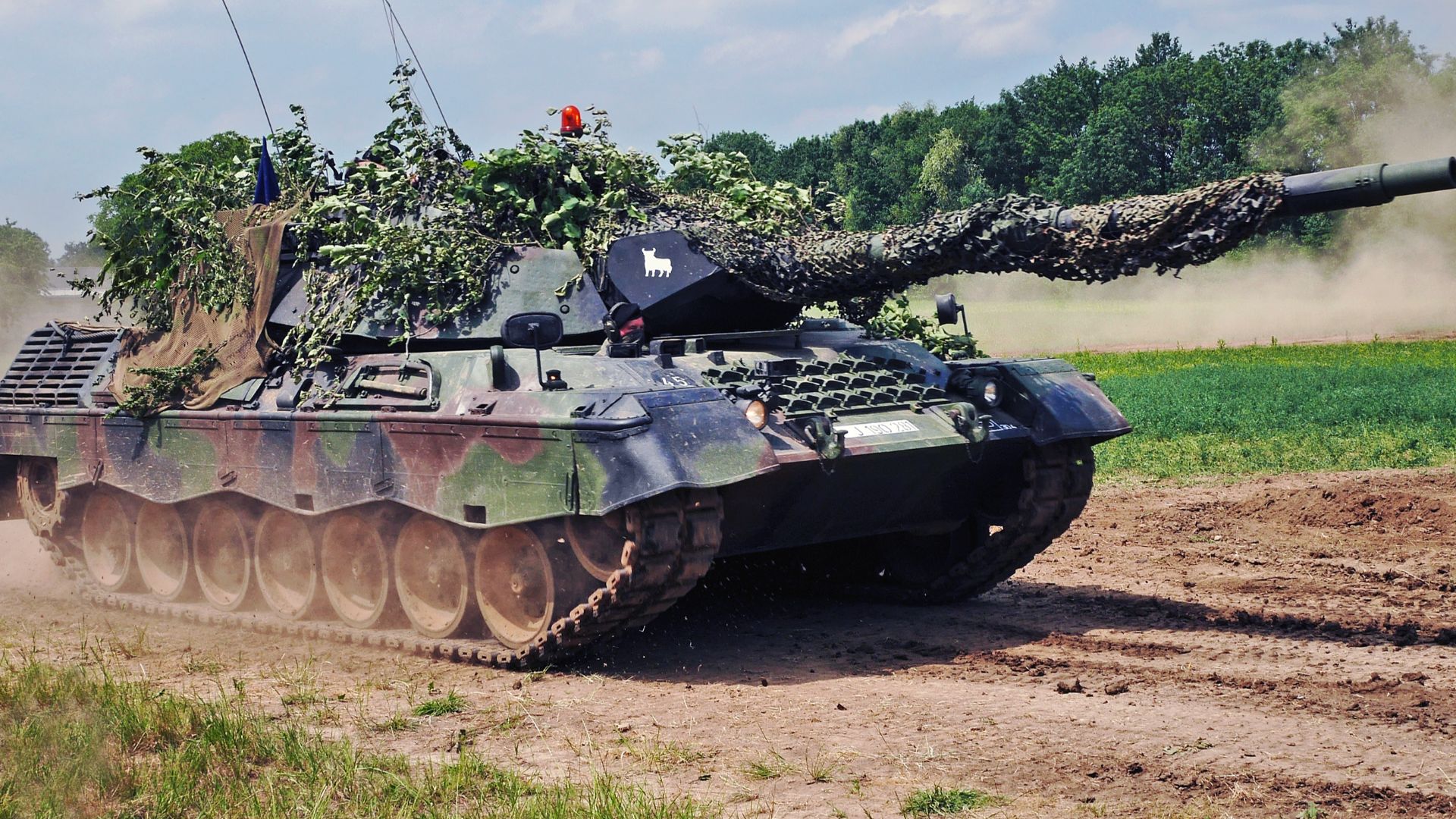 Rainer Lippert, Wikimedia Commons
Rainer Lippert, Wikimedia Commons
ZIL-131 6×6
The ZIL-131’s angular cab and durable V8 engine defined Soviet military identity for decades. Serving as a troop carrier and communication vehicle, its reliability under harsh conditions made it indispensable. Today, adventurers and collectors value its toughness and off-road prowess.
Dodge M37
Combining wartime pedigree with reliability, the Dodge M37 evolved from the proven WC series. Shared components with civilian Power Wagons make restoration straightforward. Restored examples often bring $20,000 to $35,000.
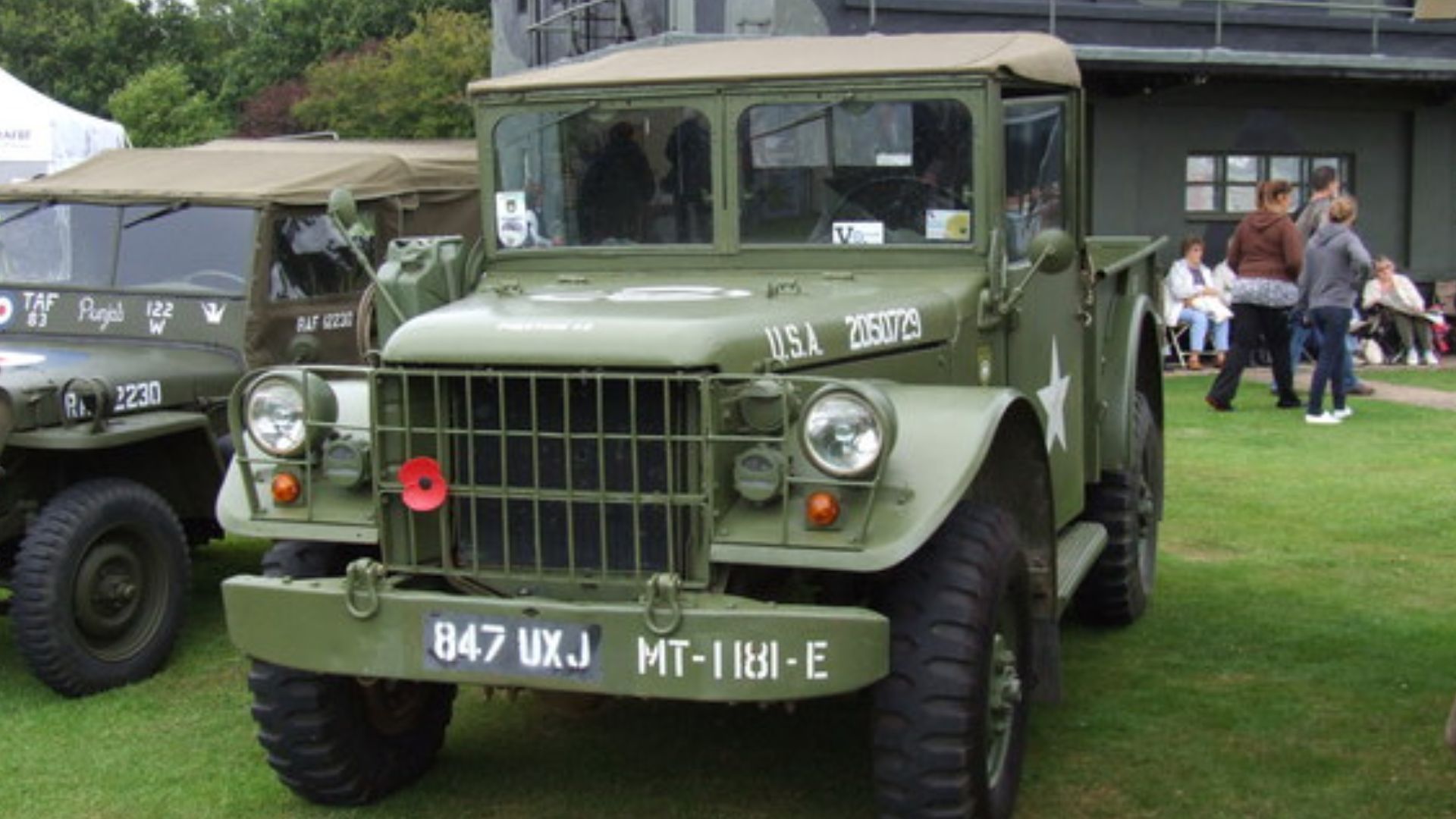 Dave Hitchborne, Wikimedia Commons
Dave Hitchborne, Wikimedia Commons

